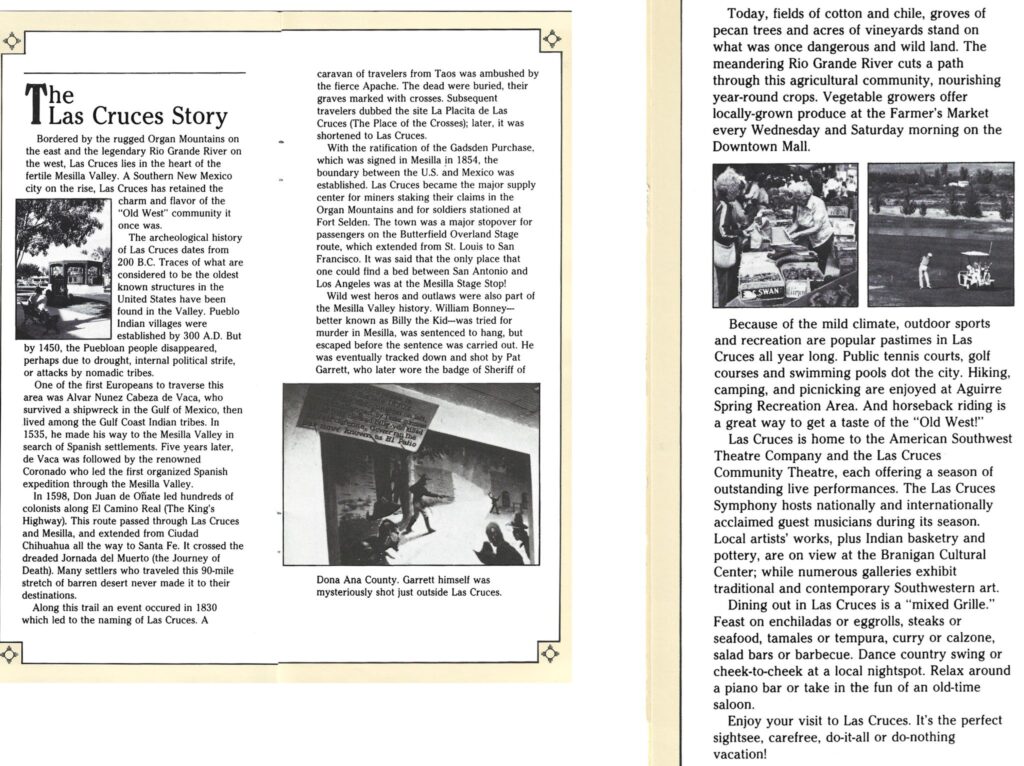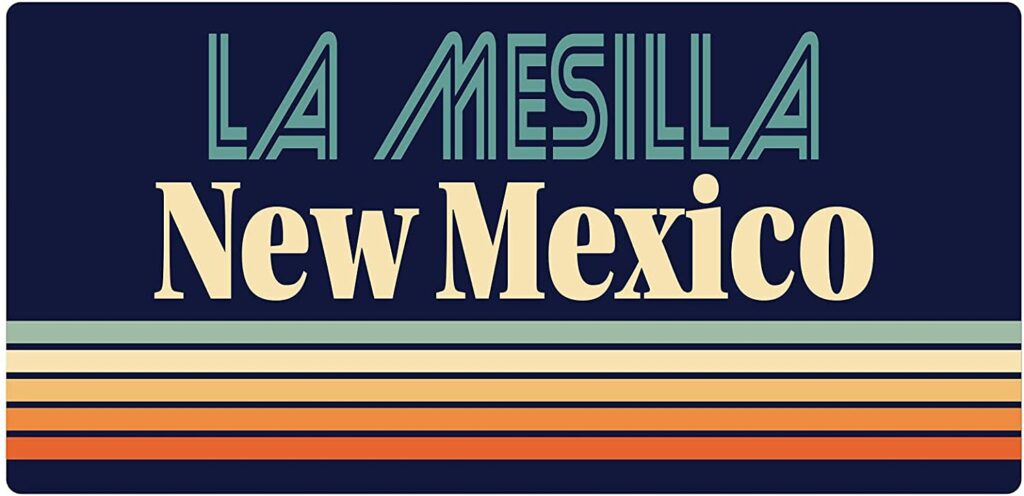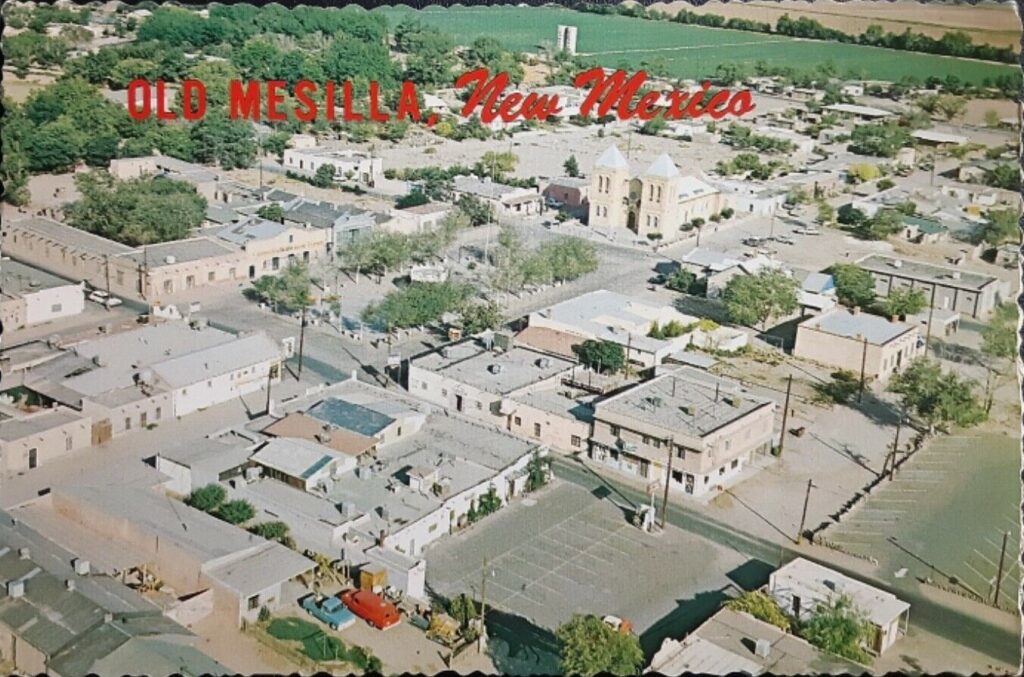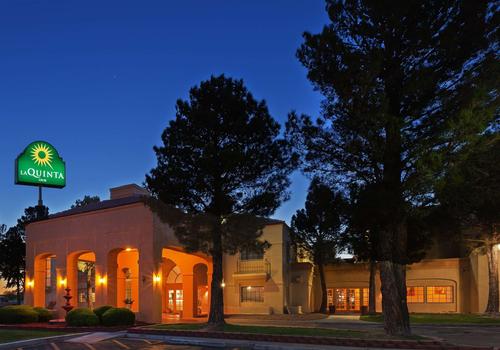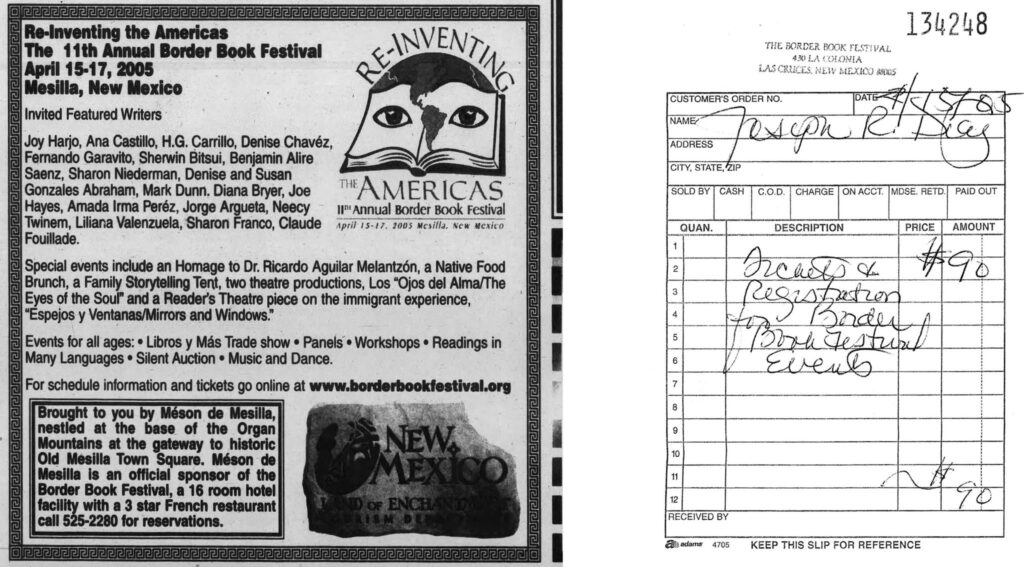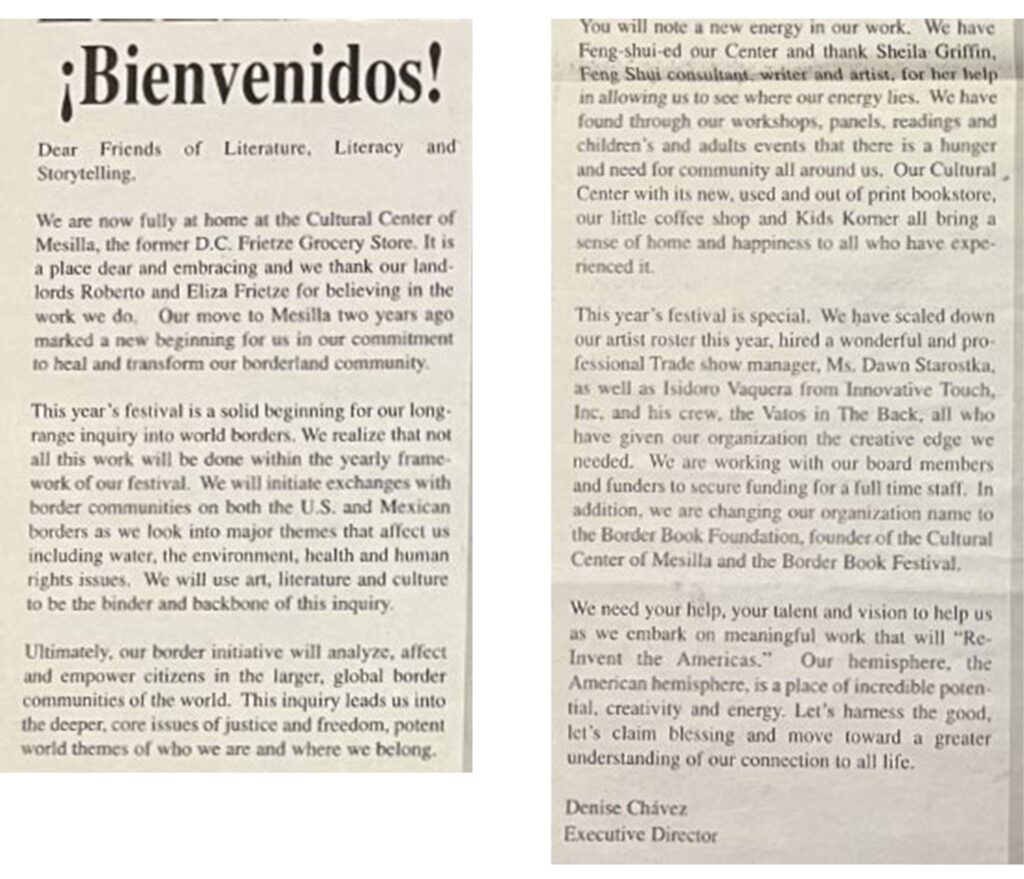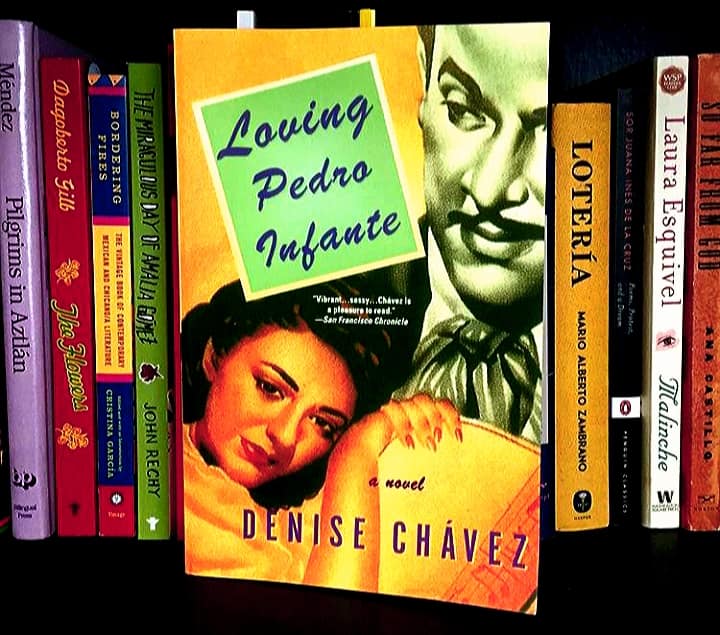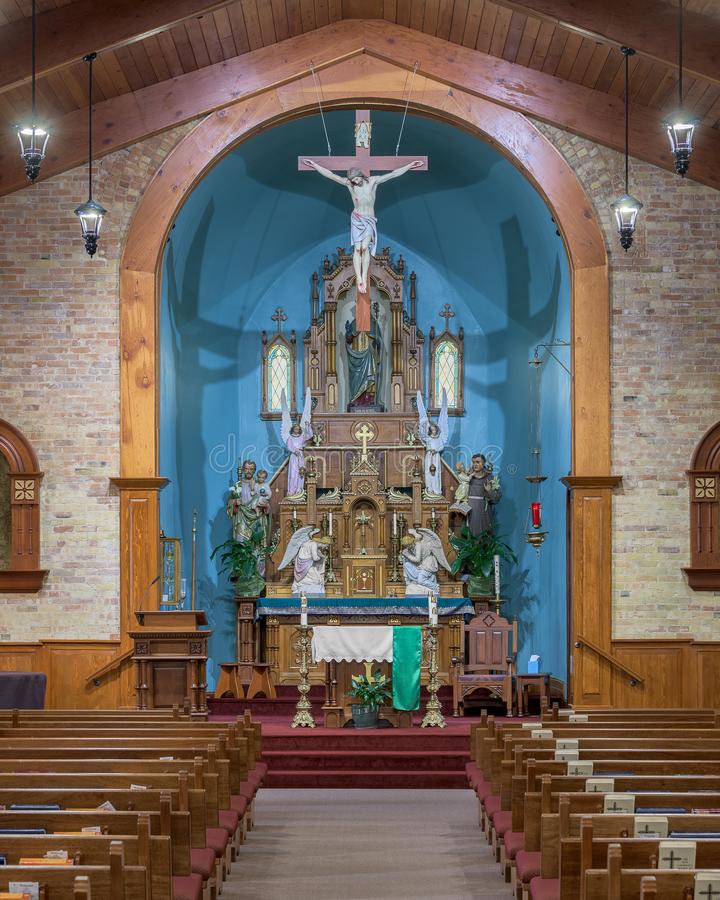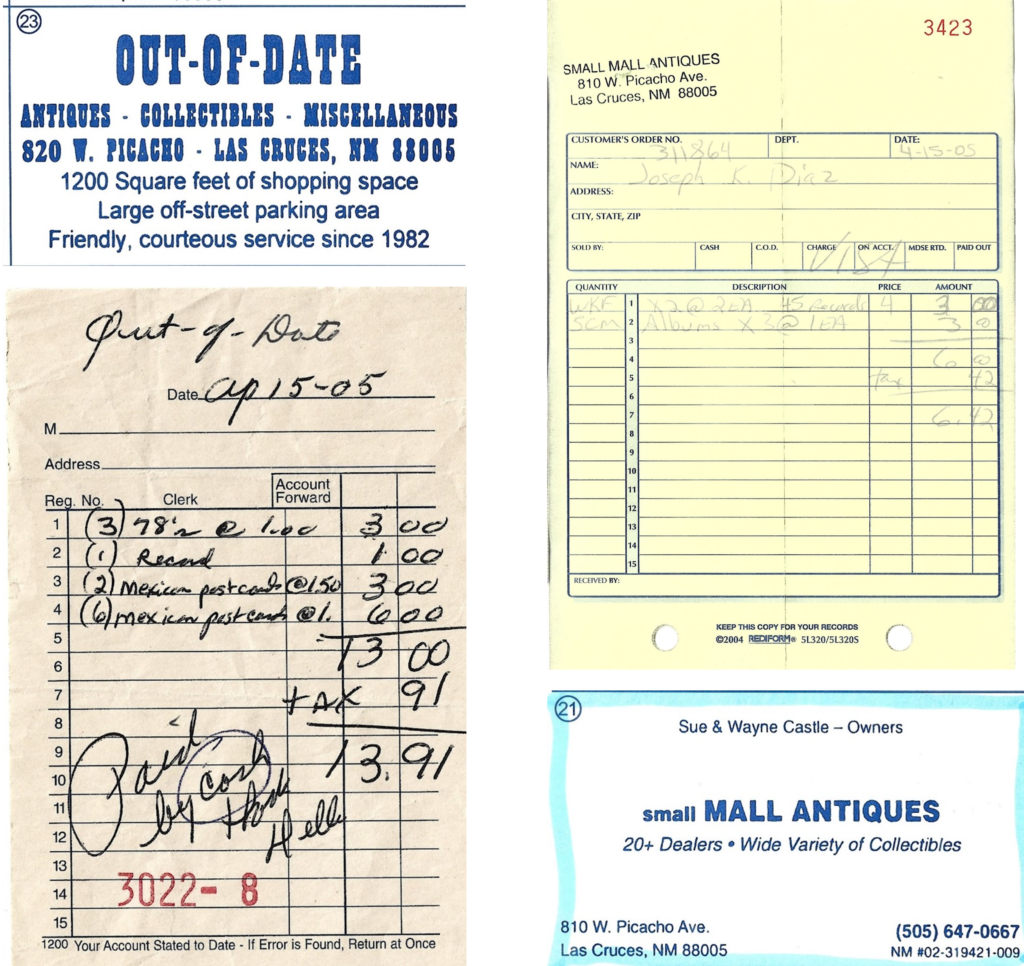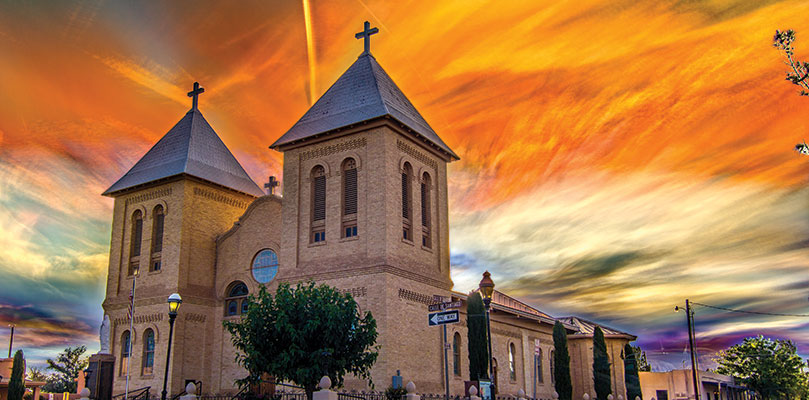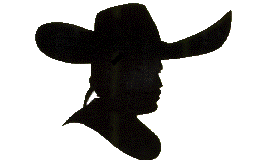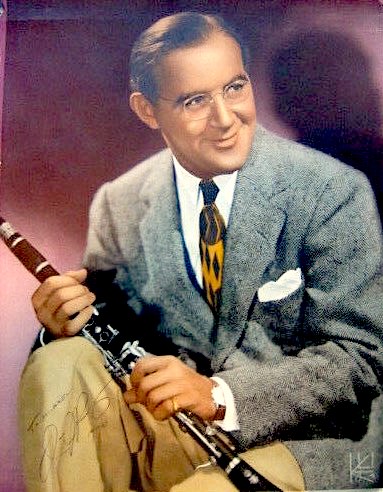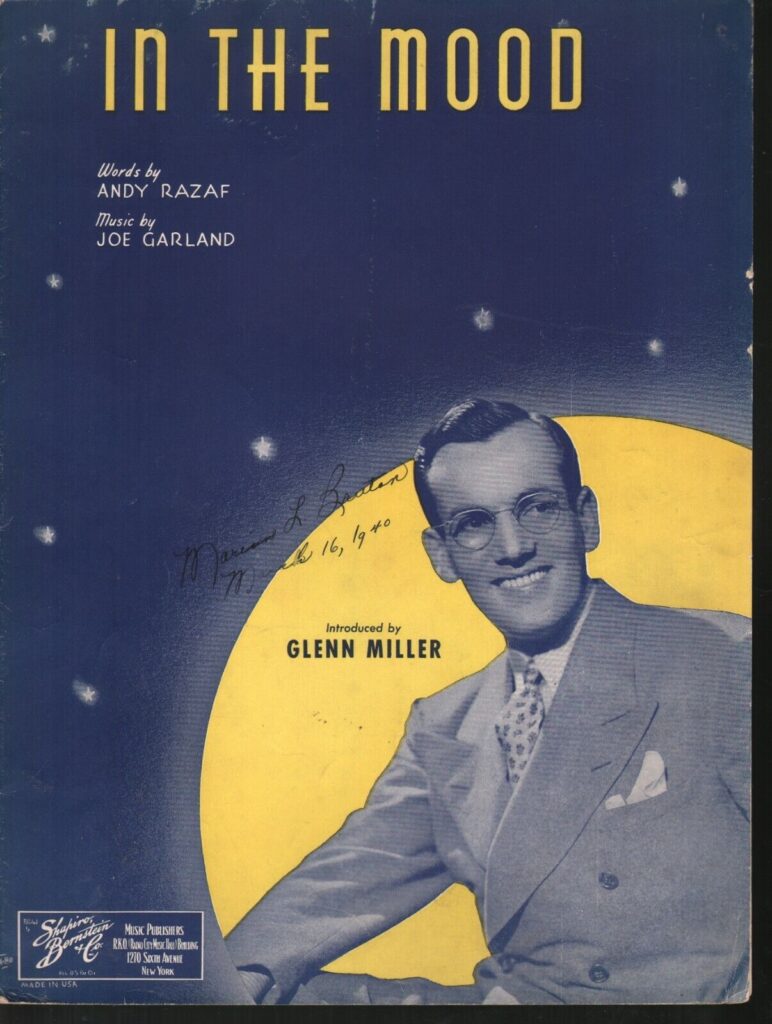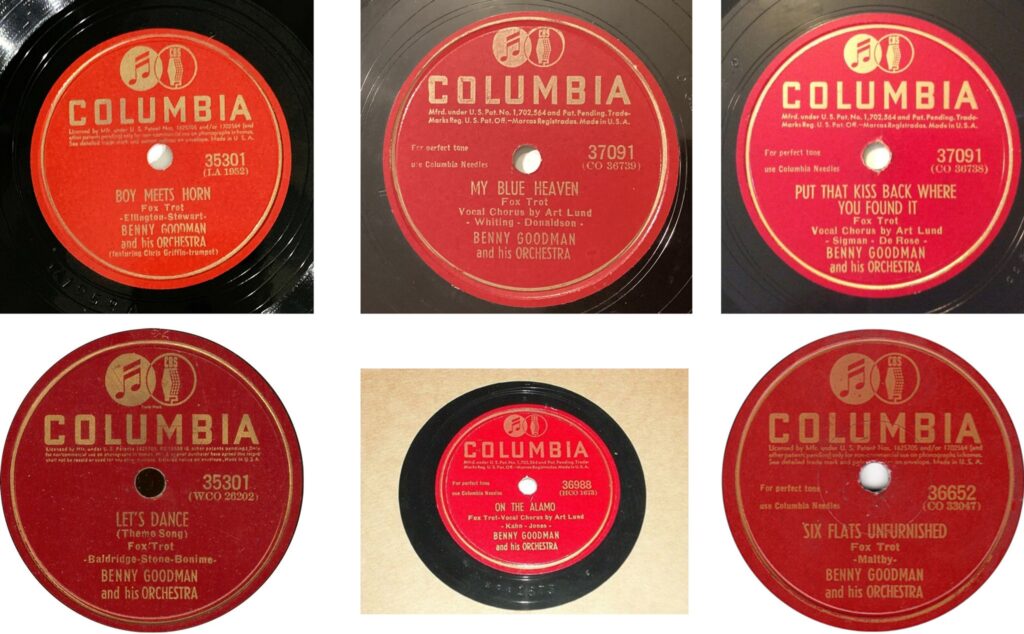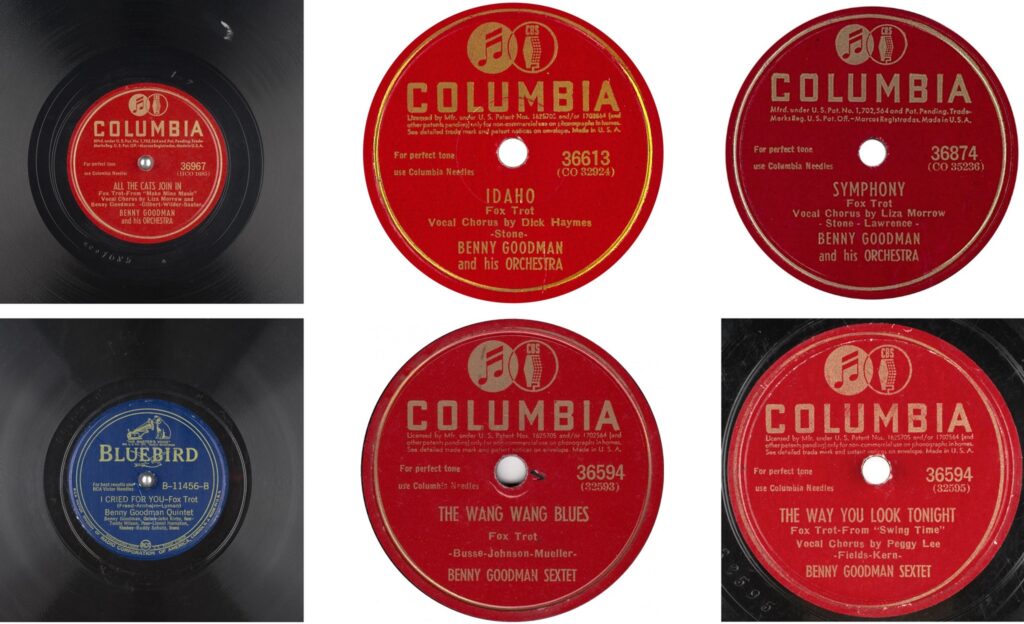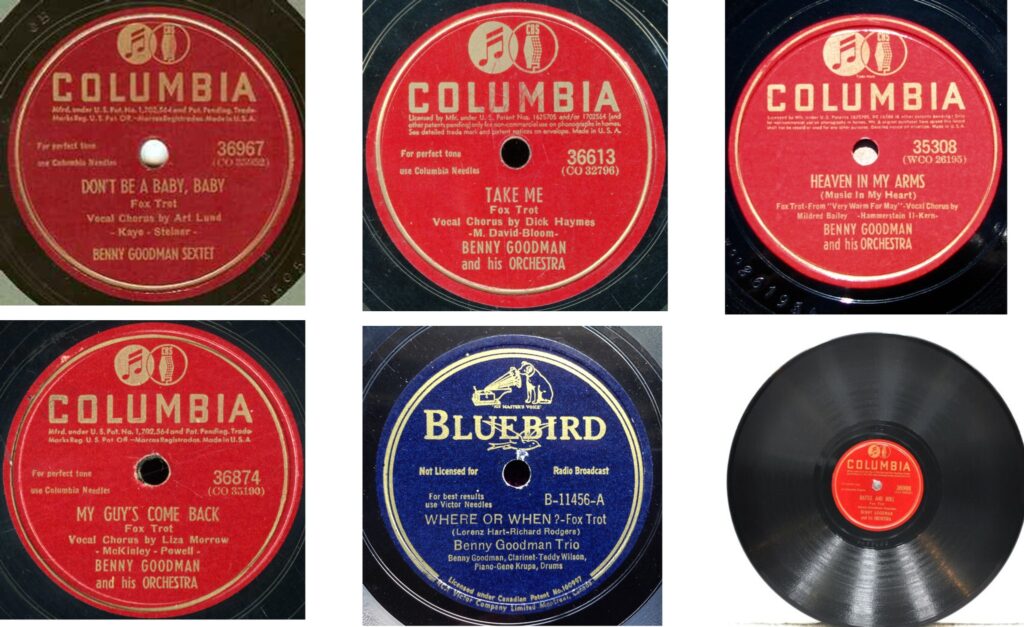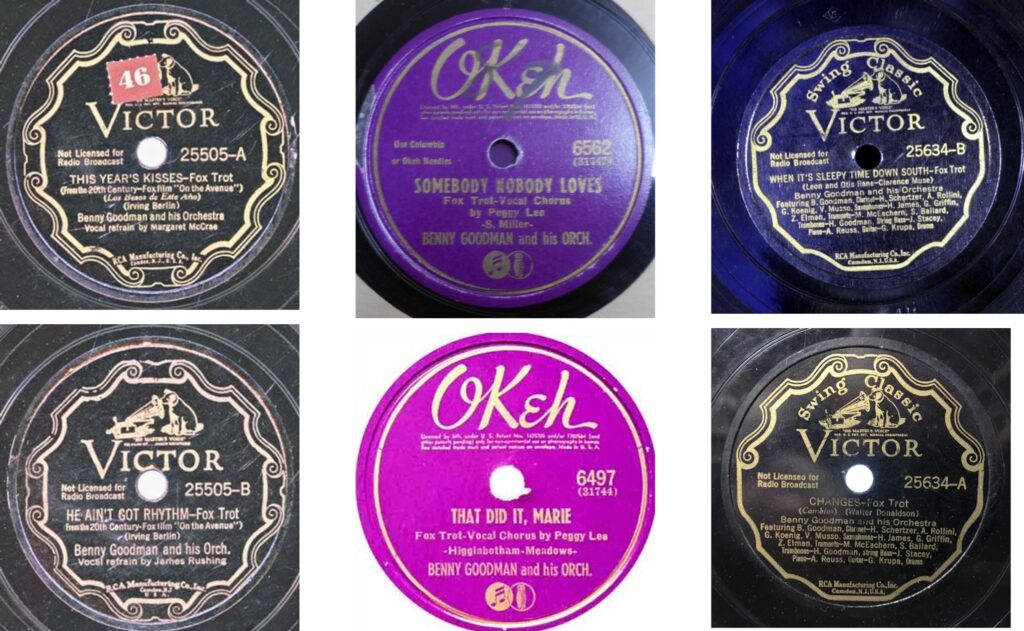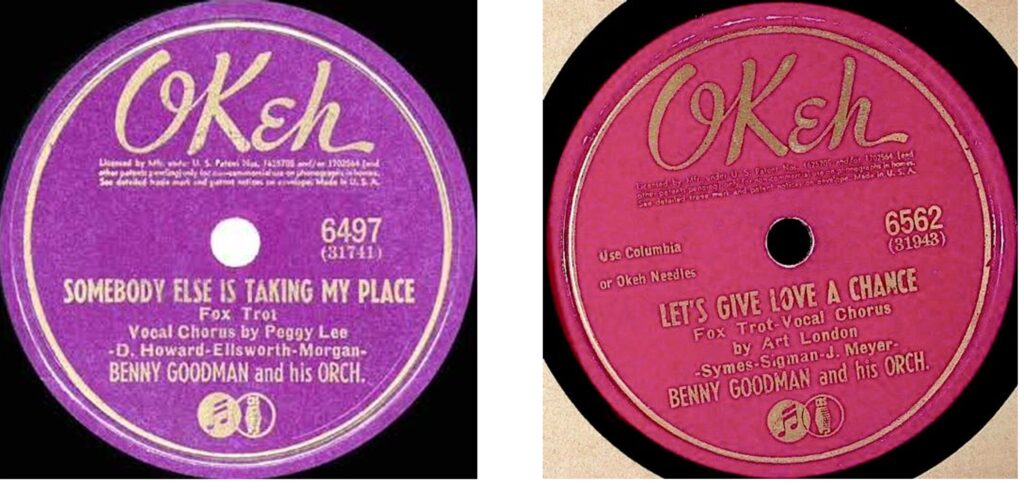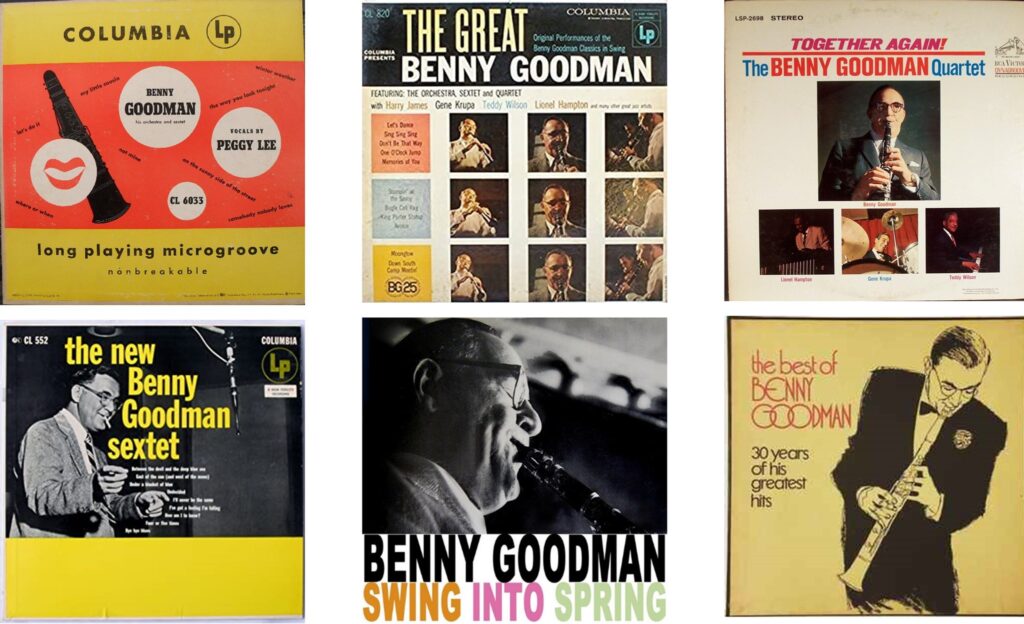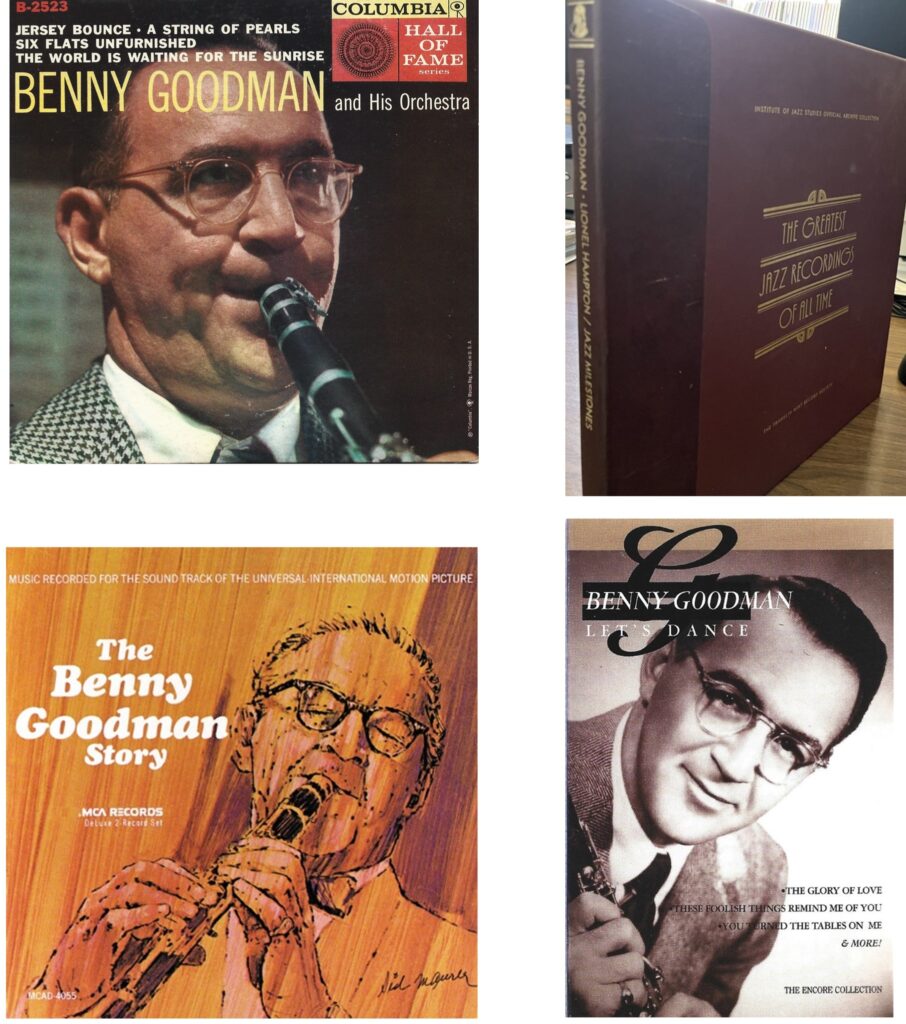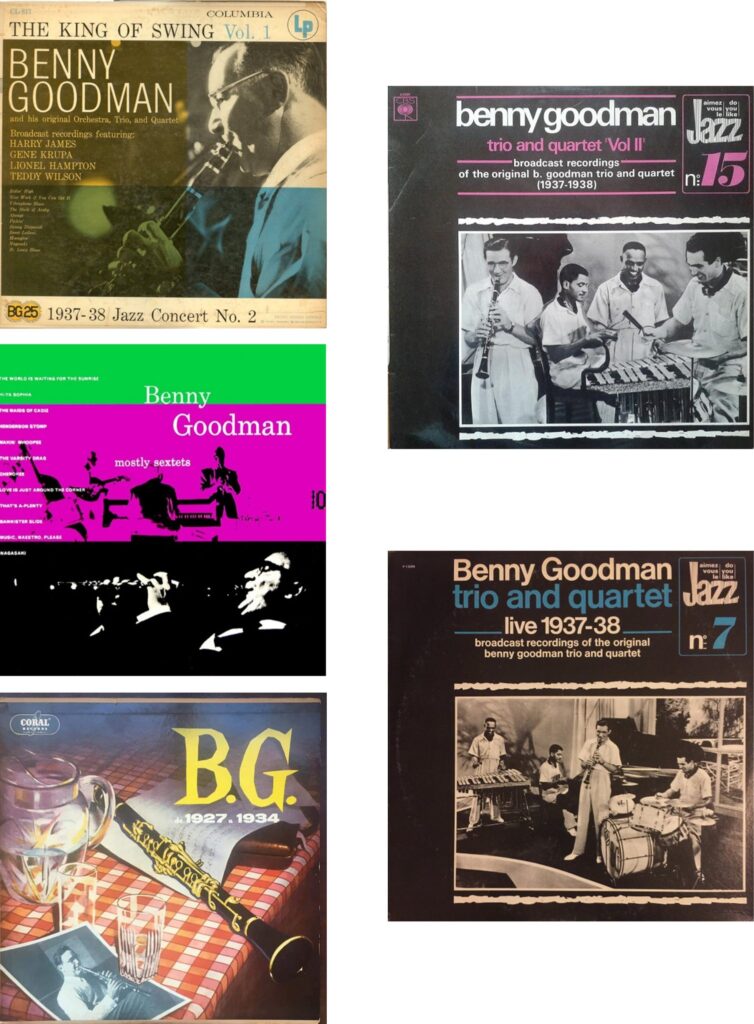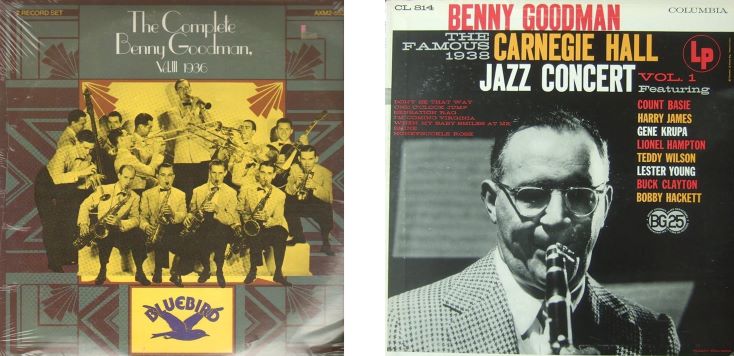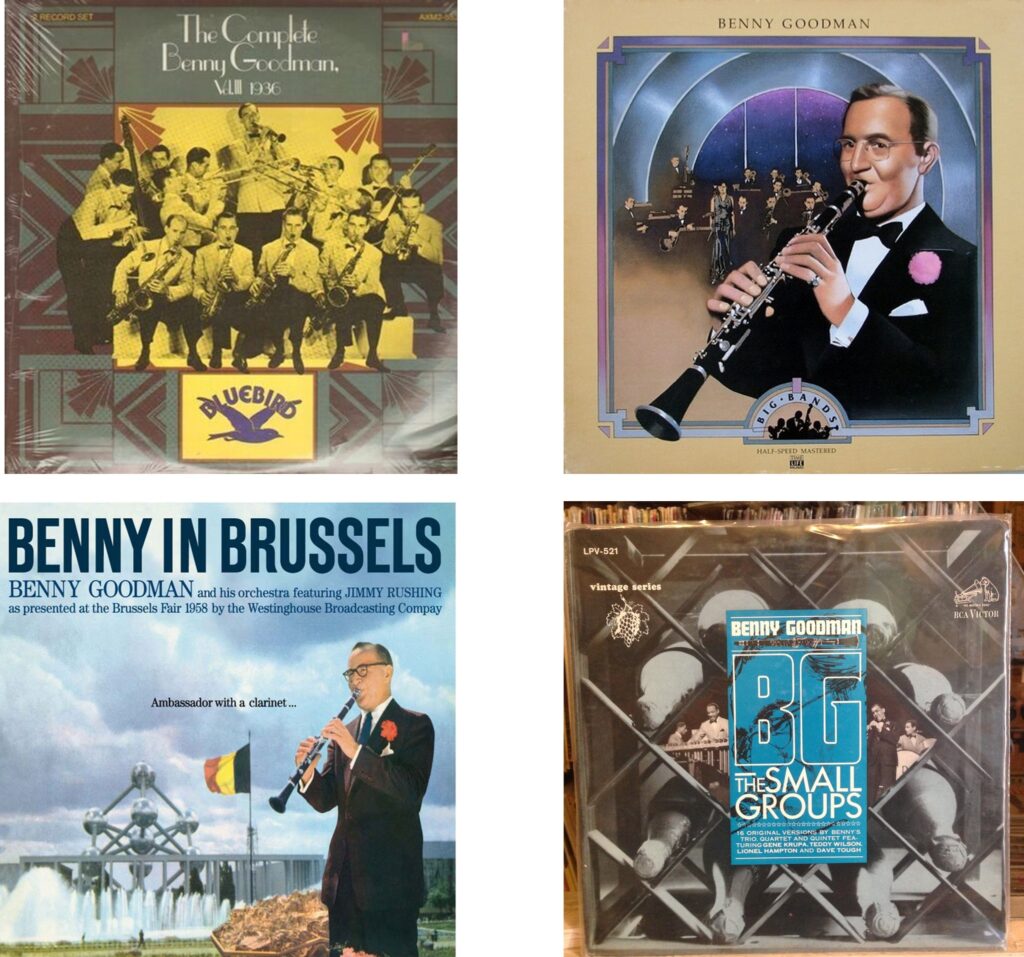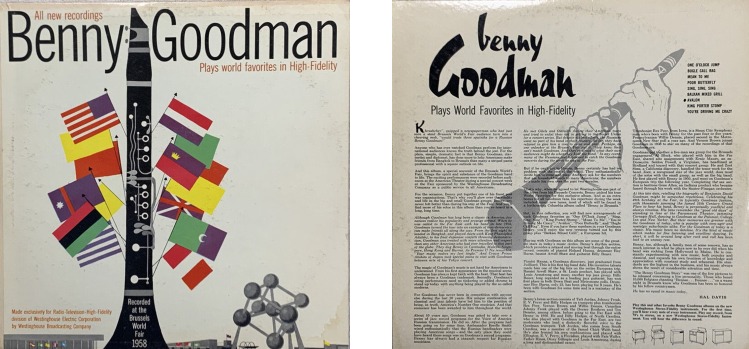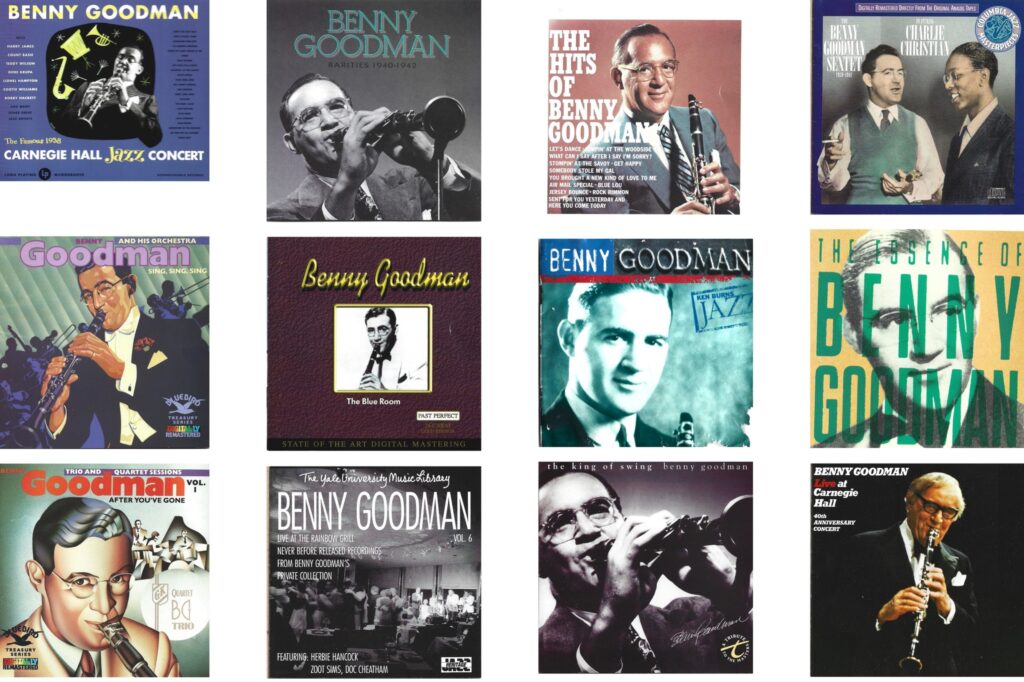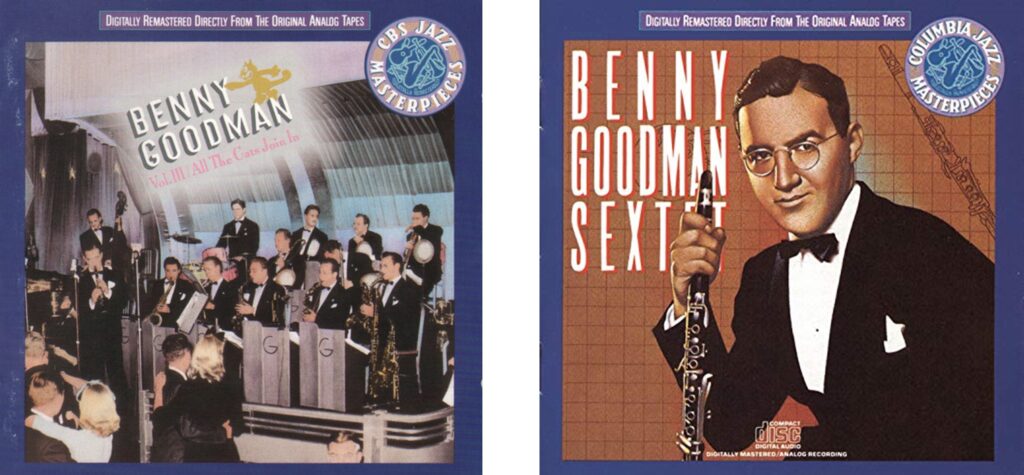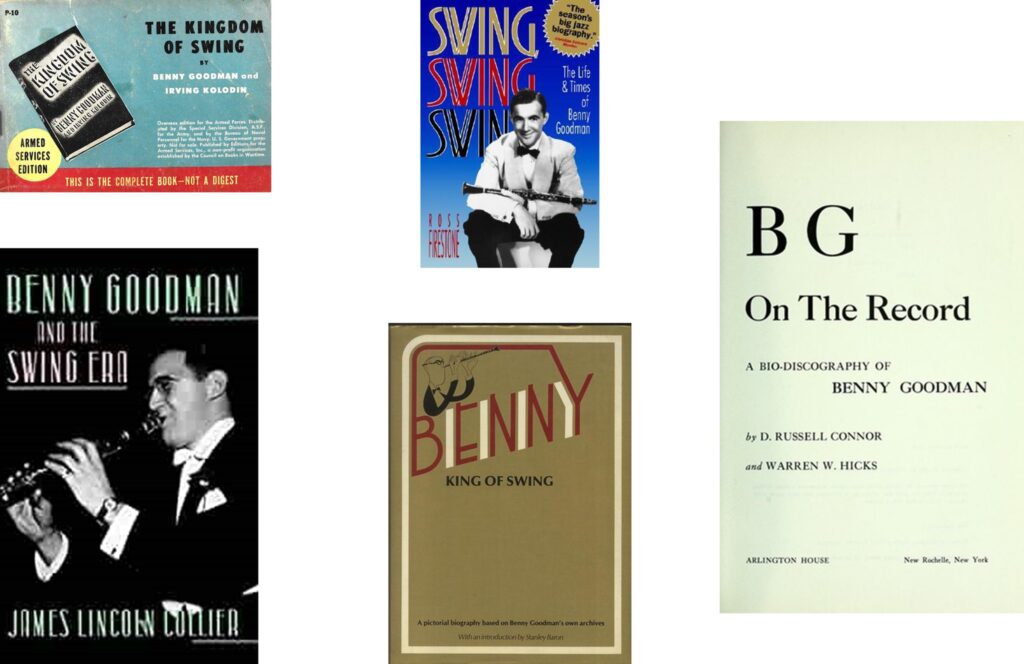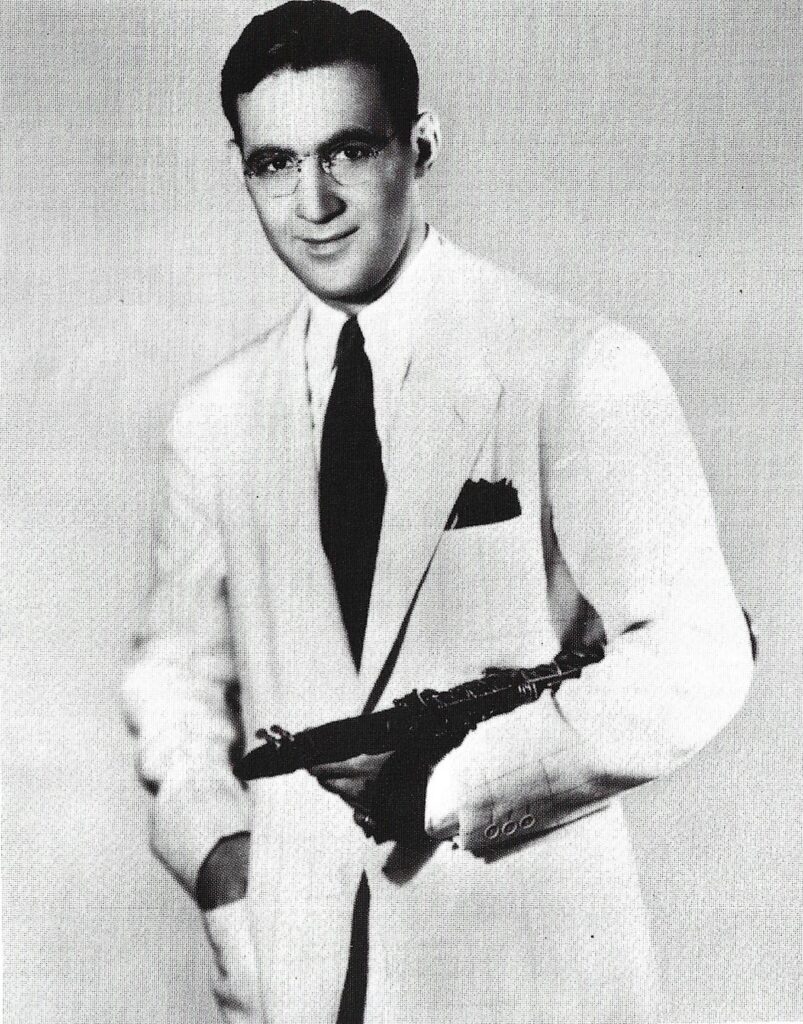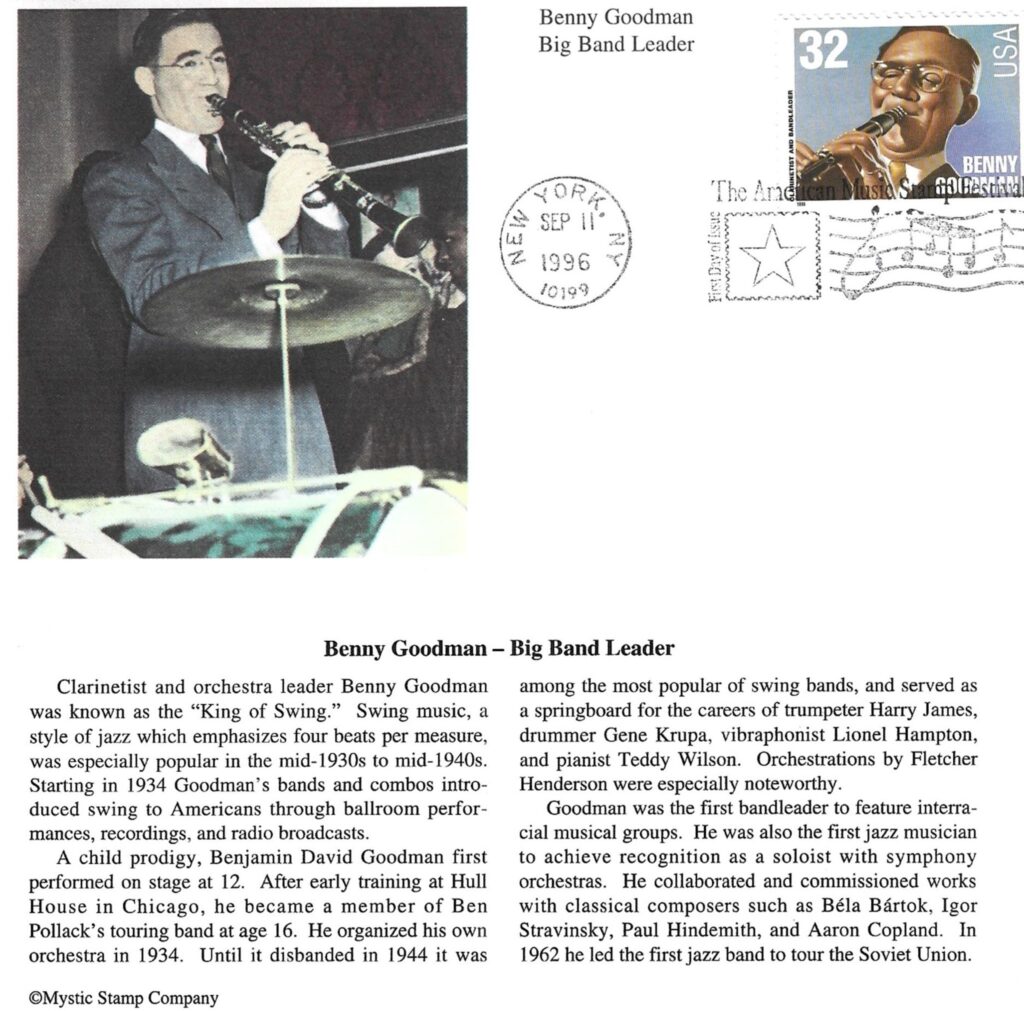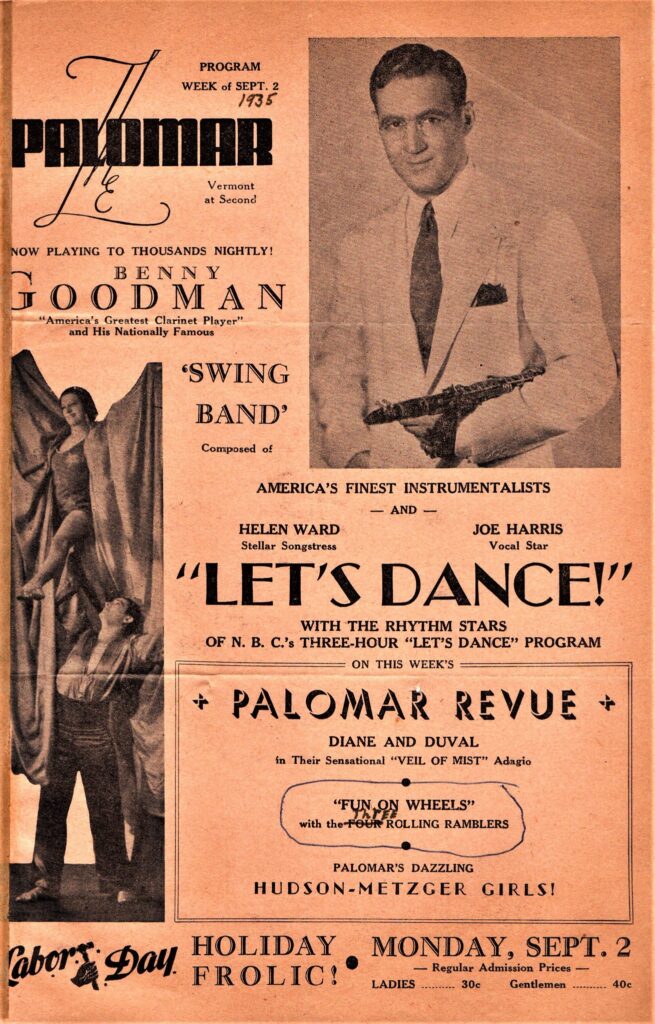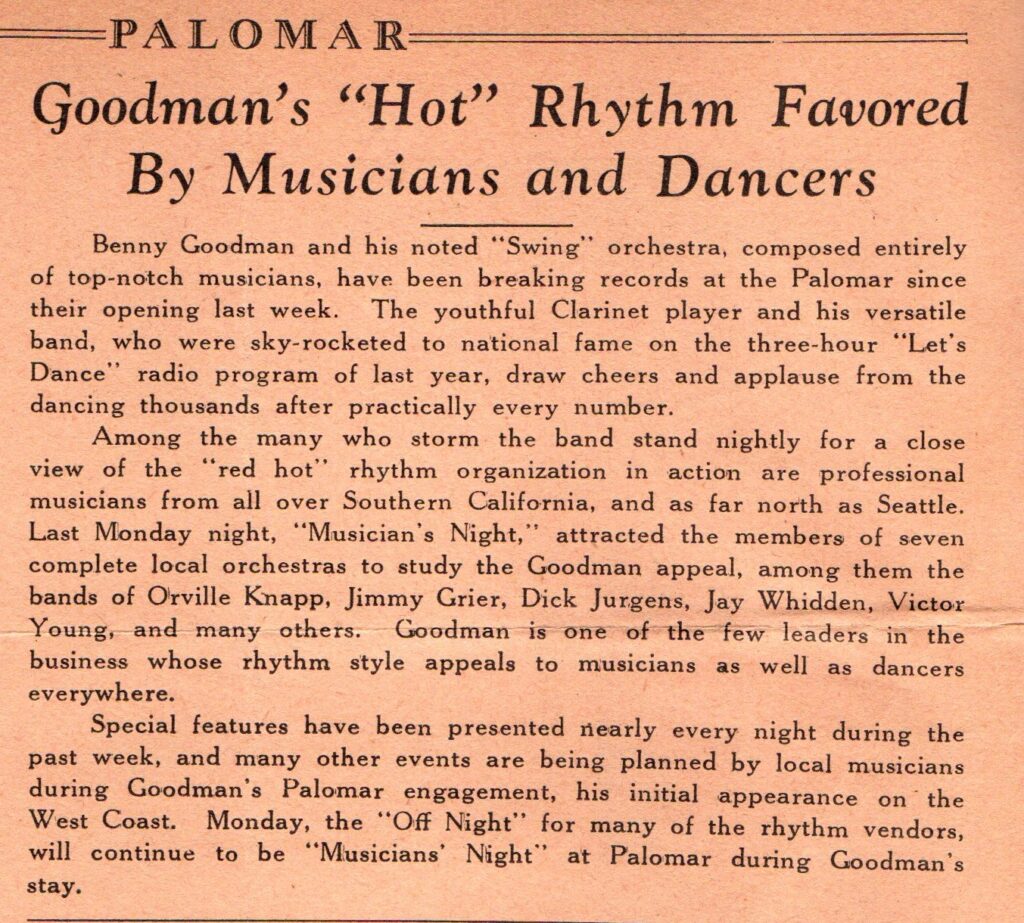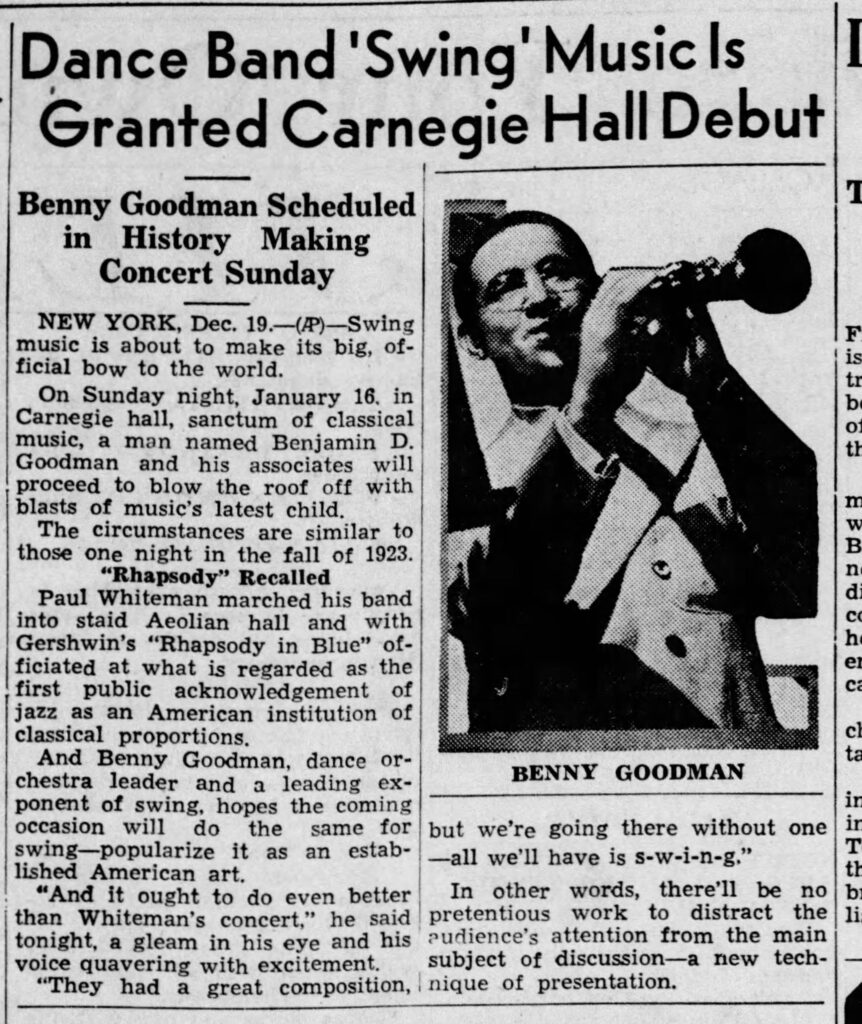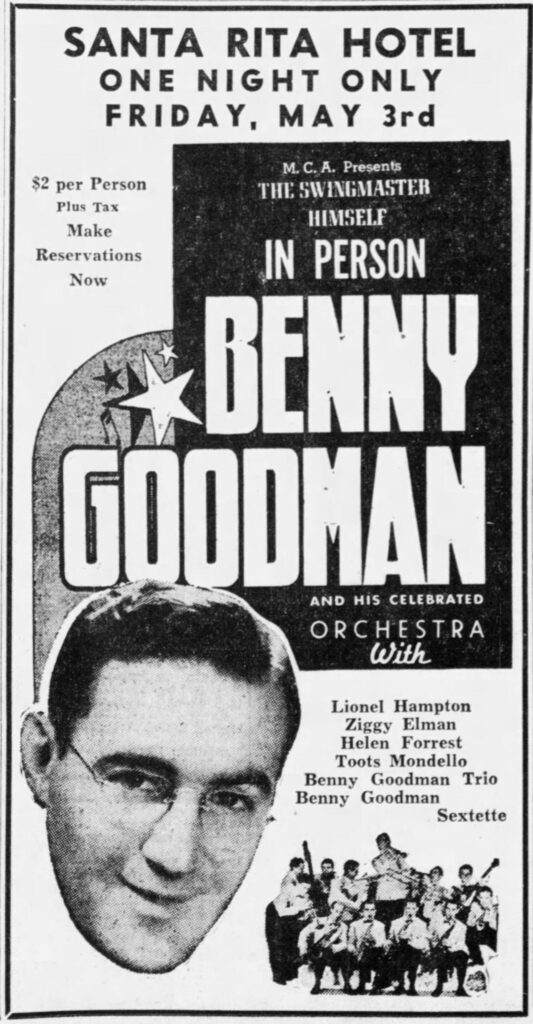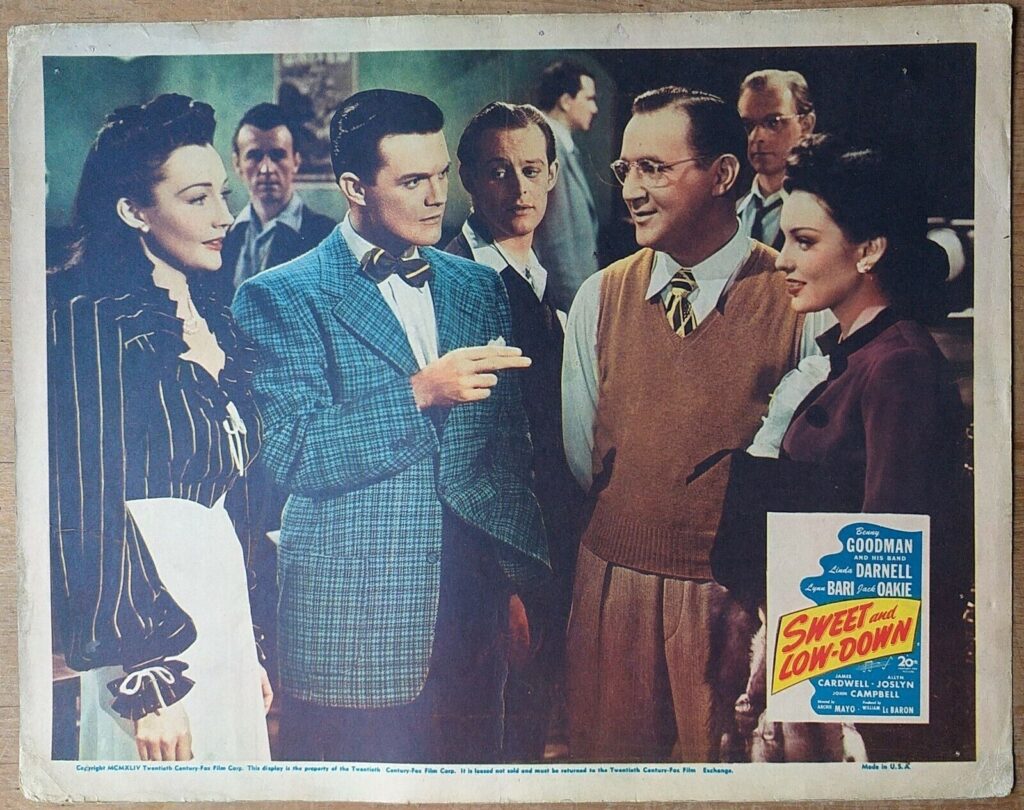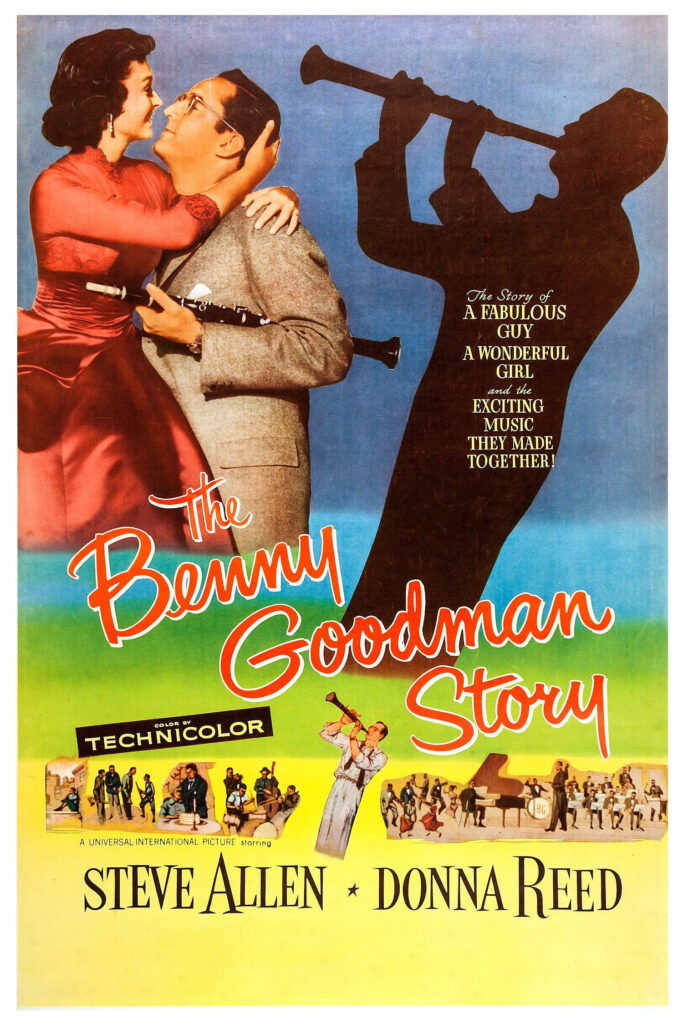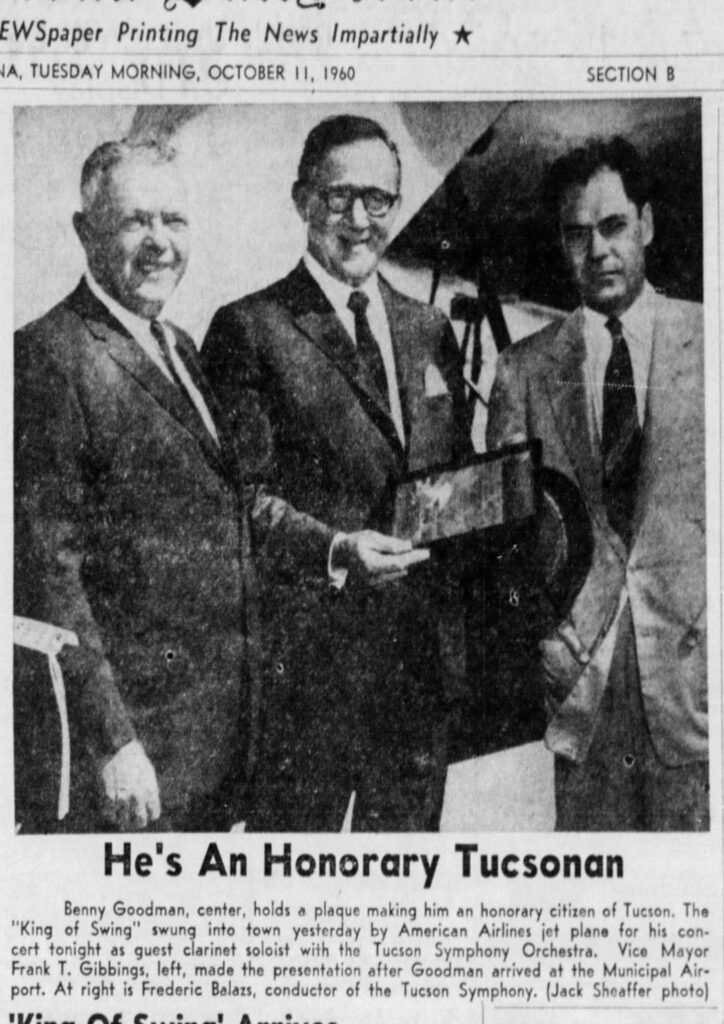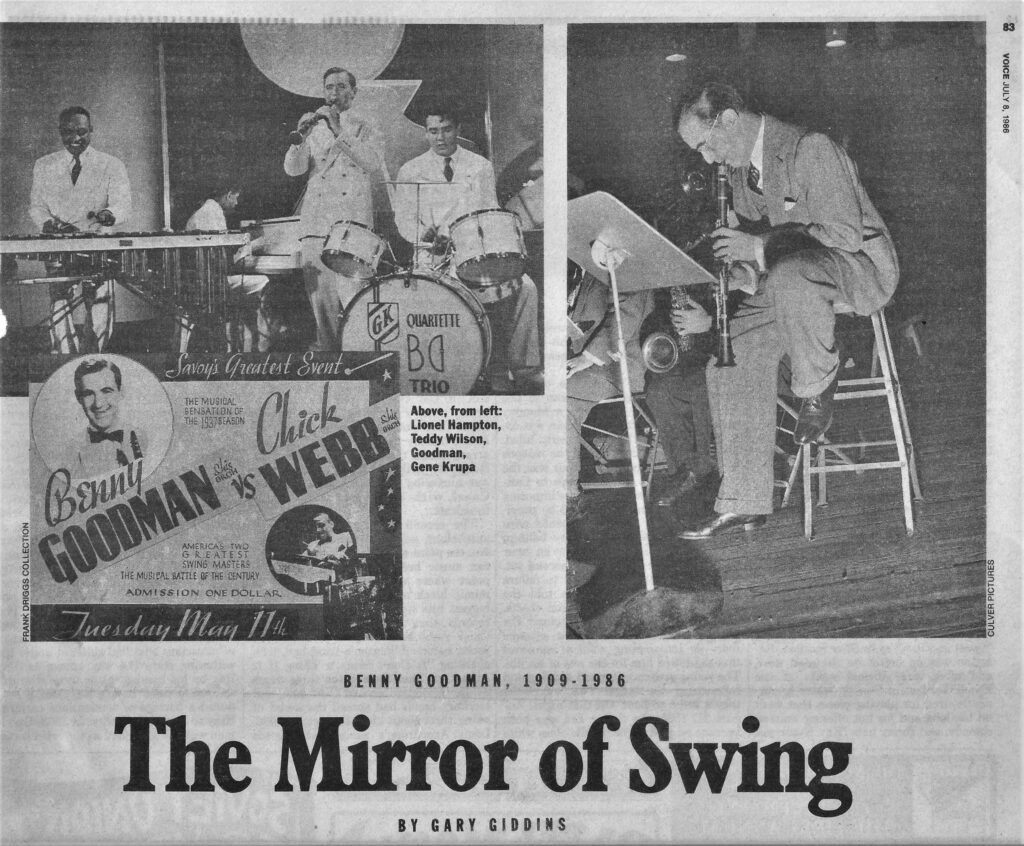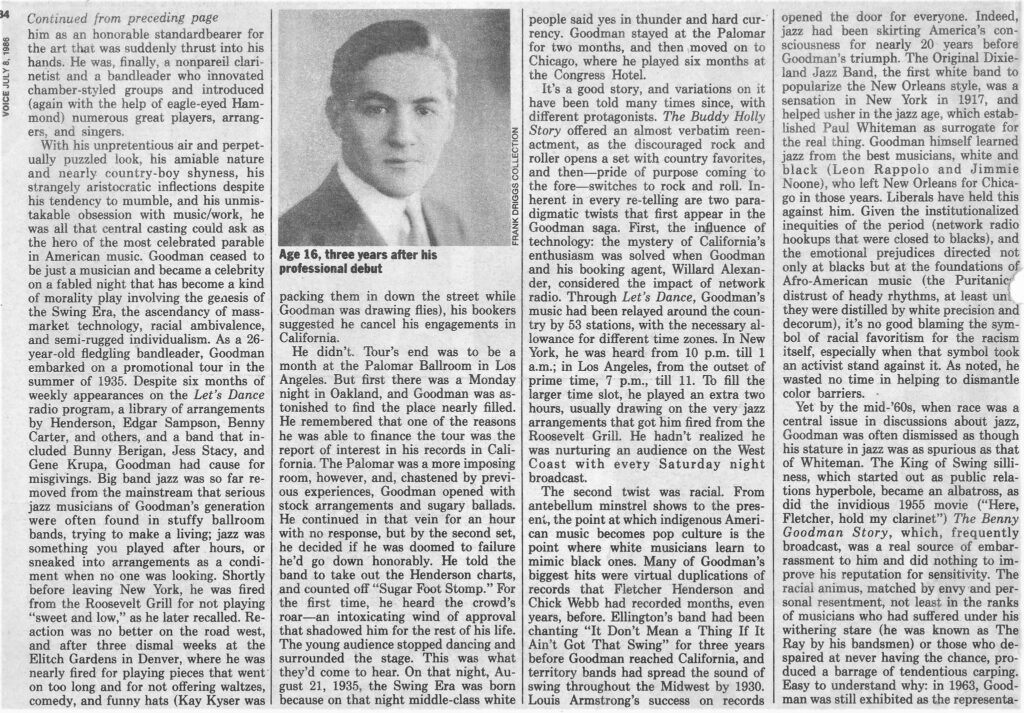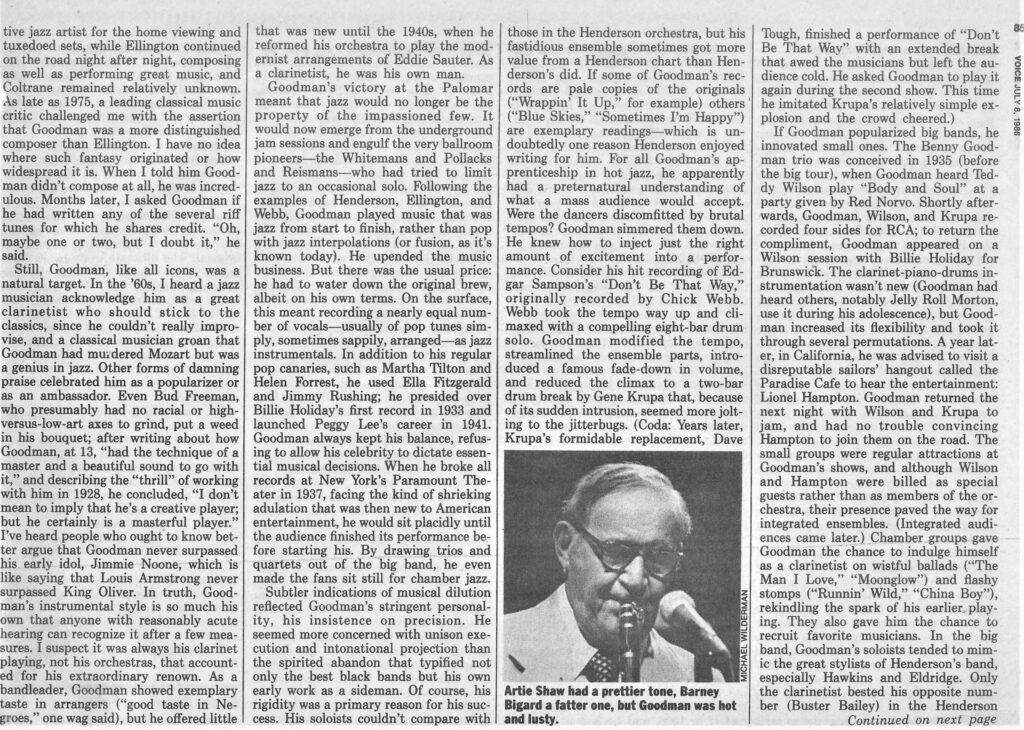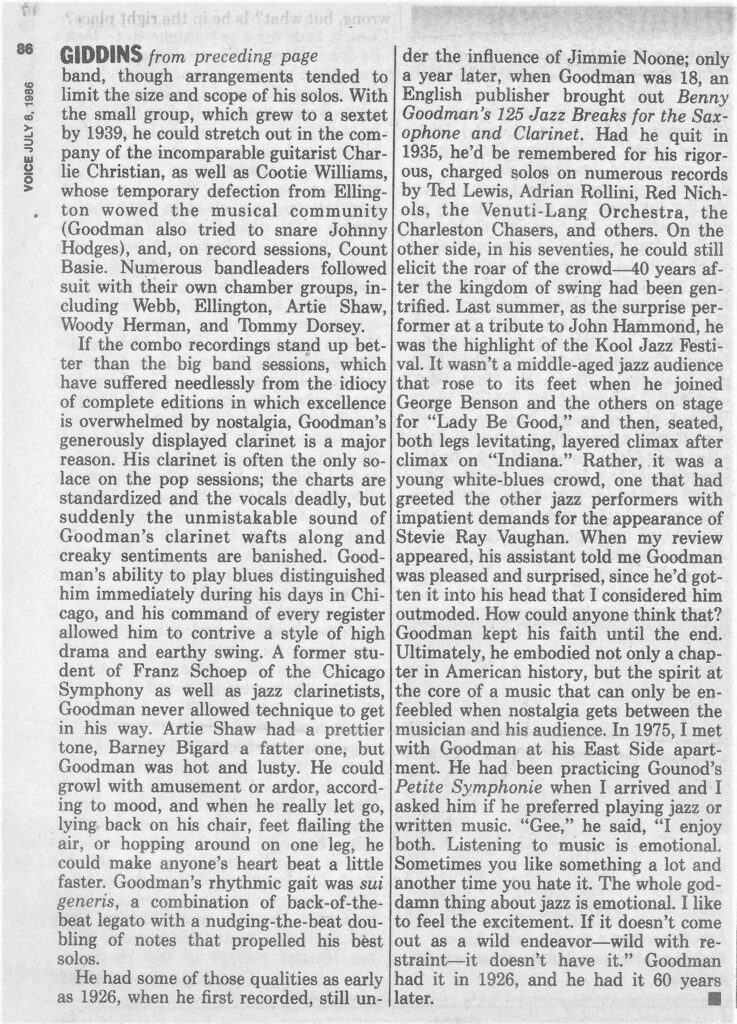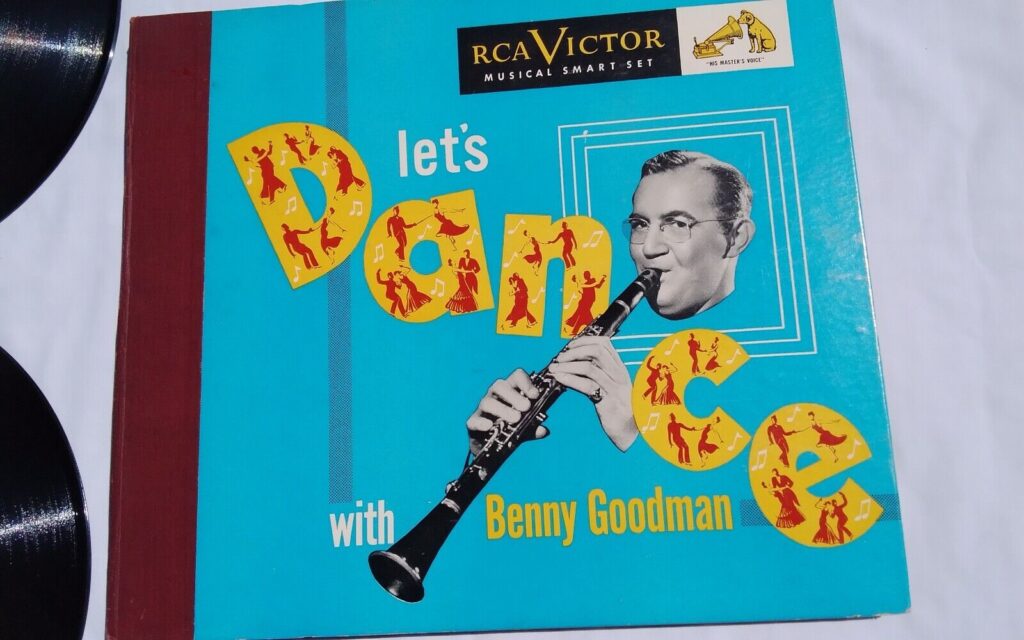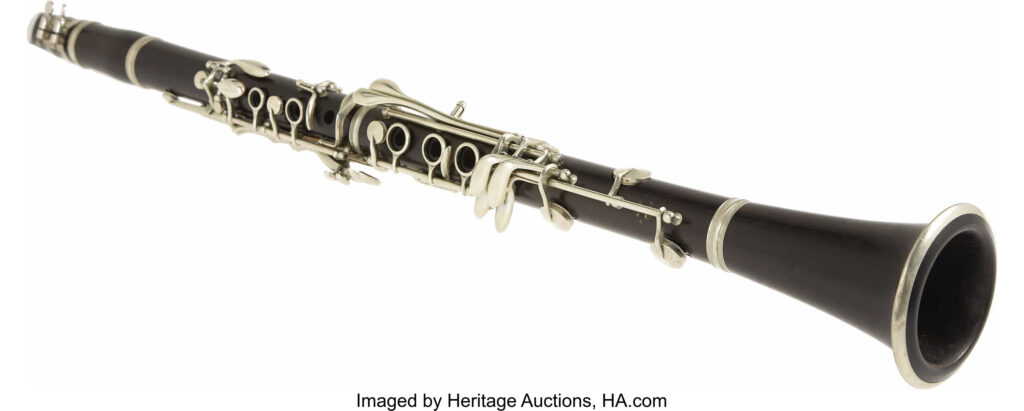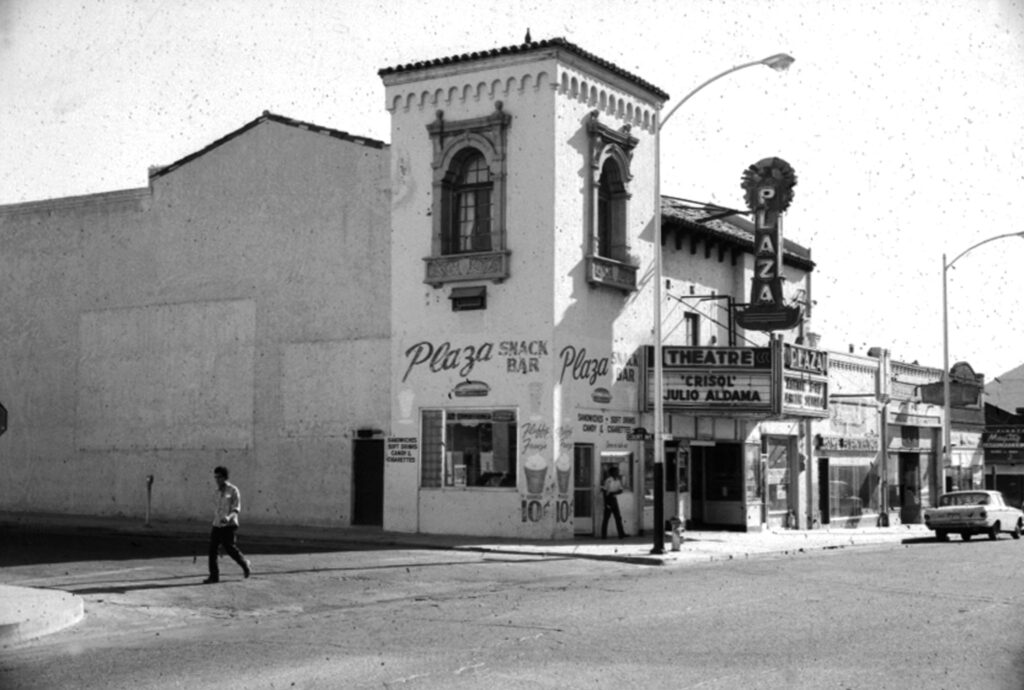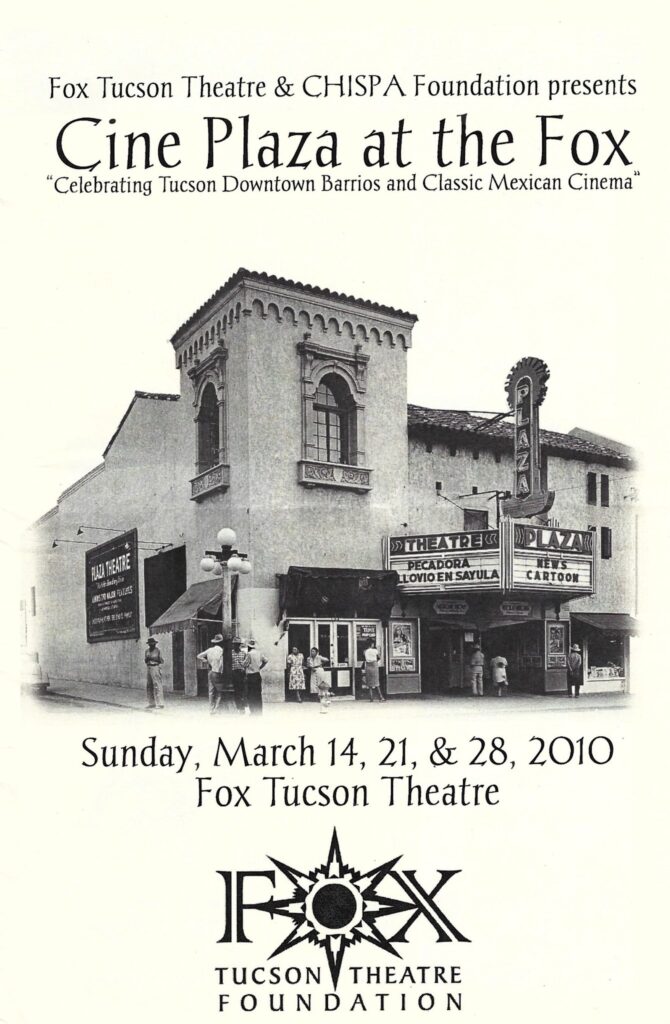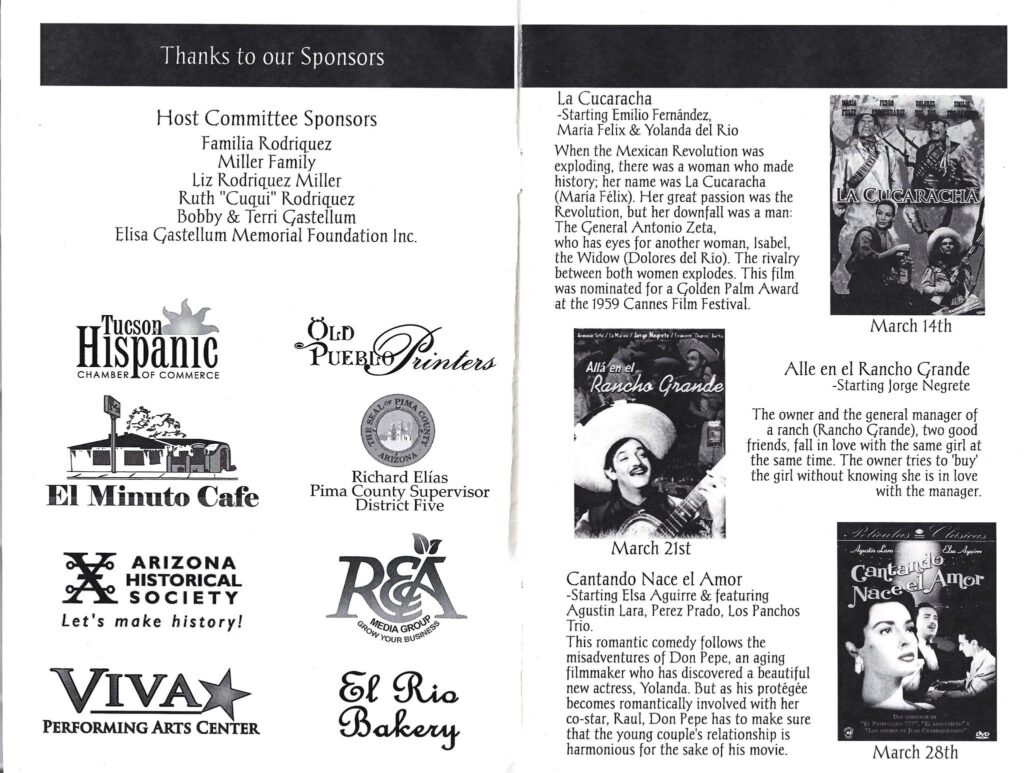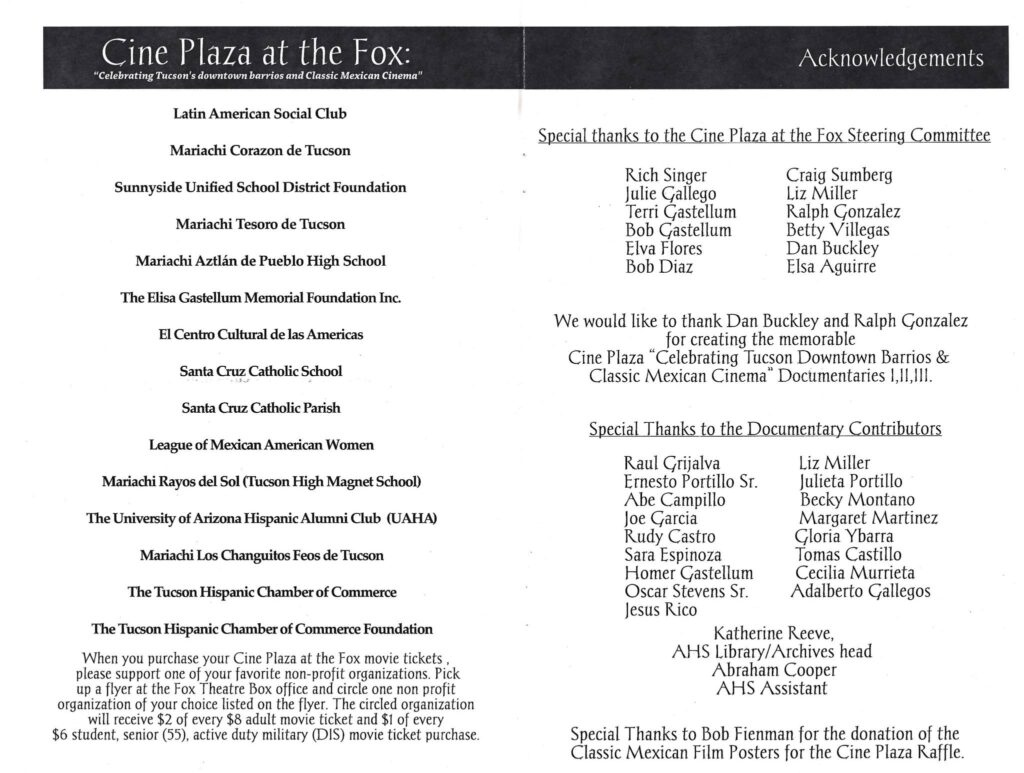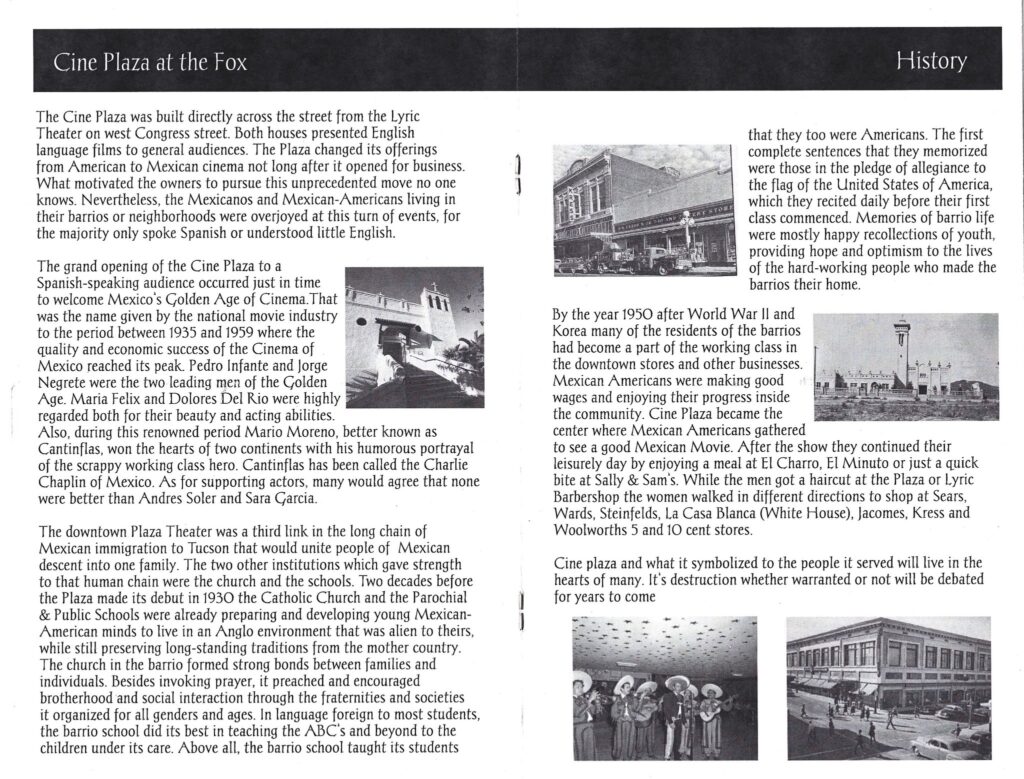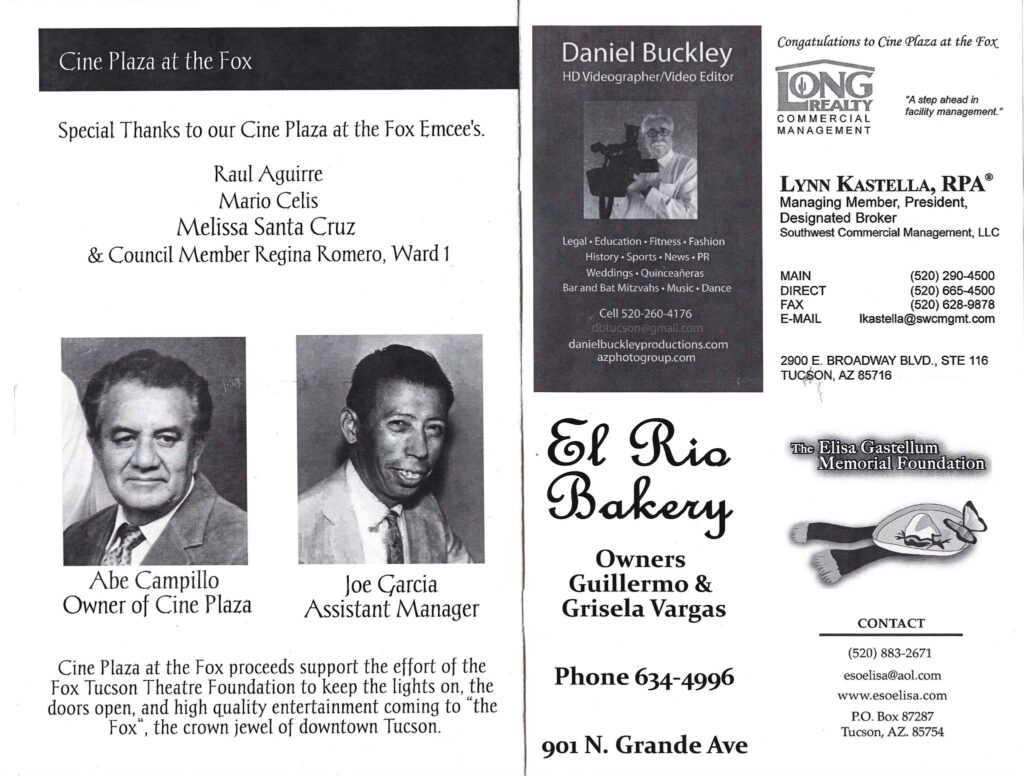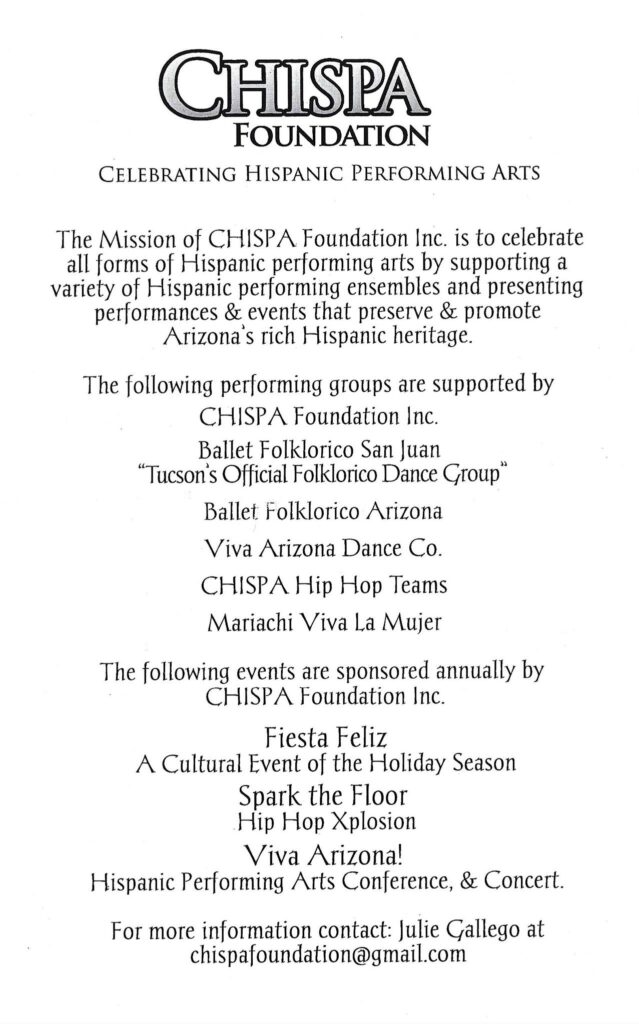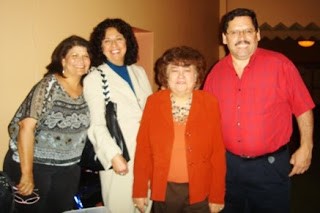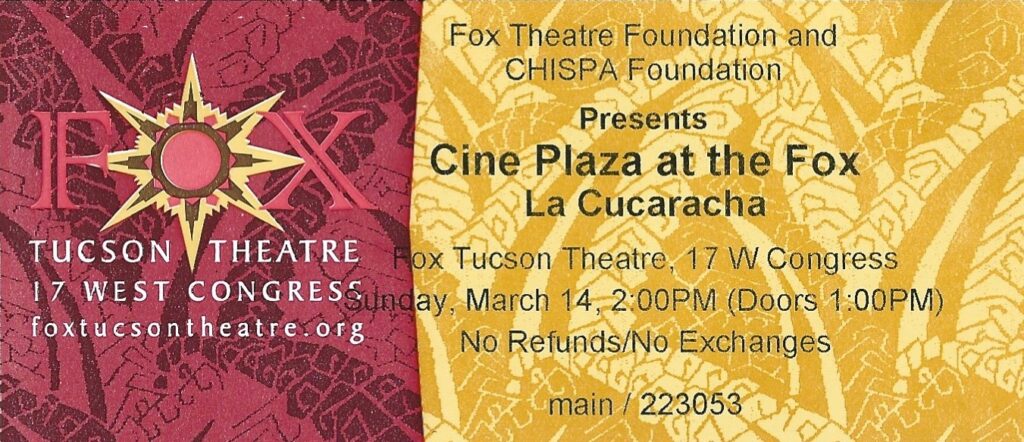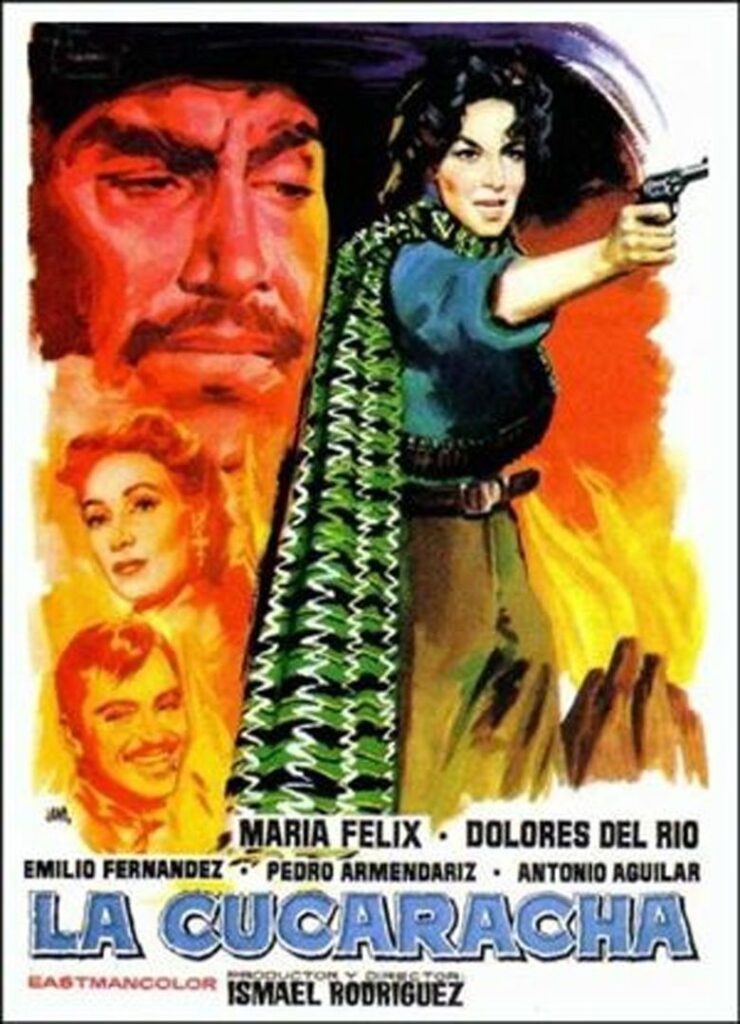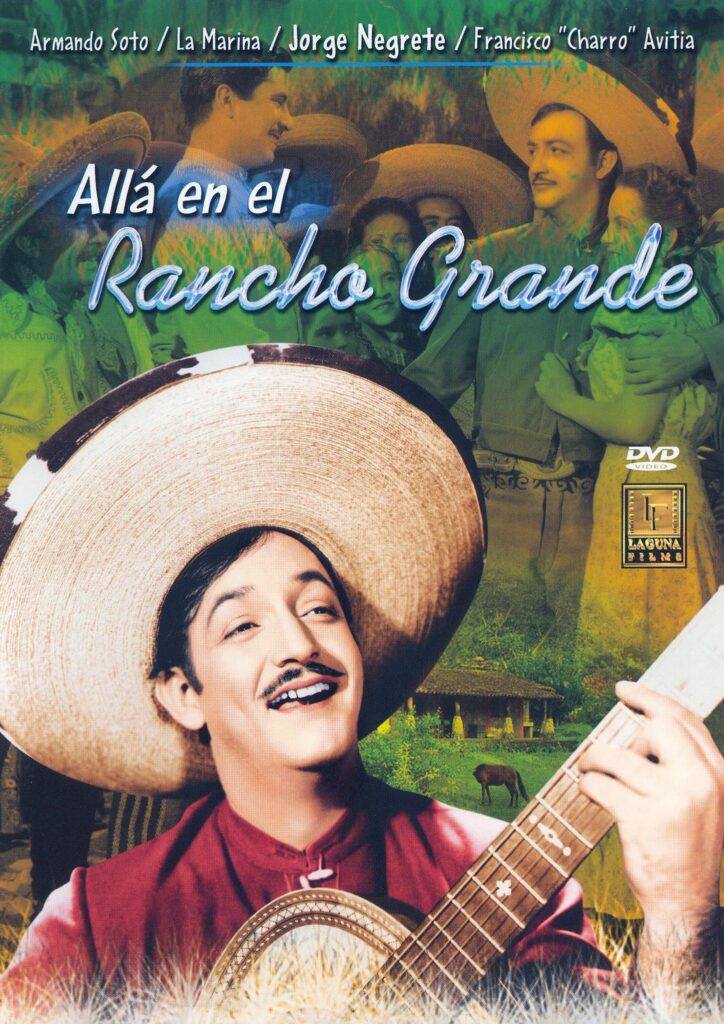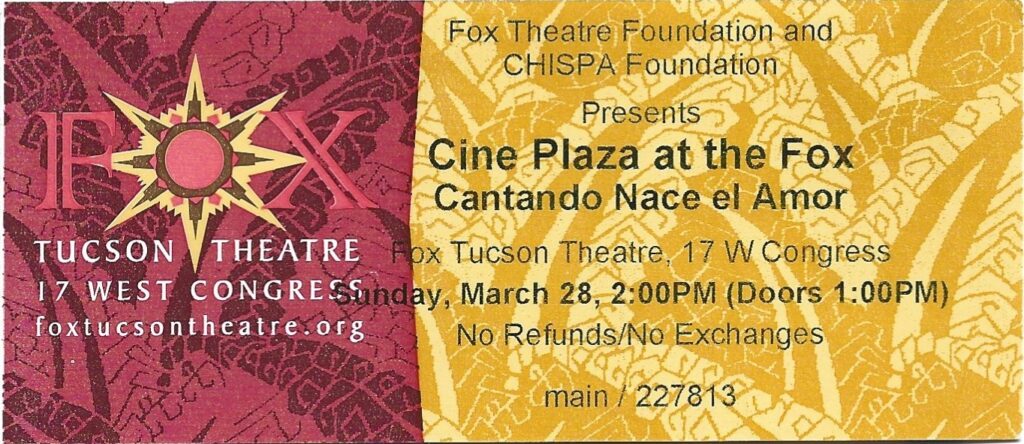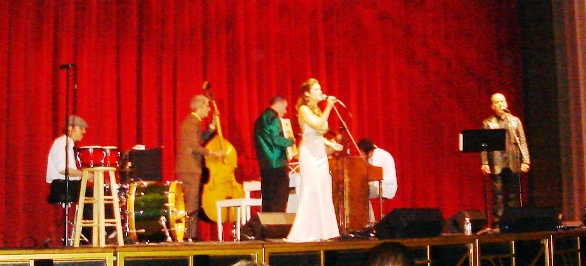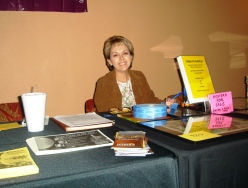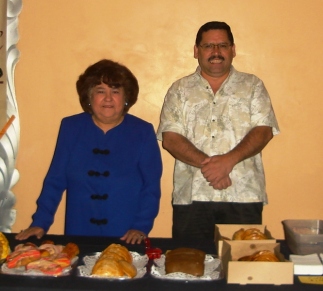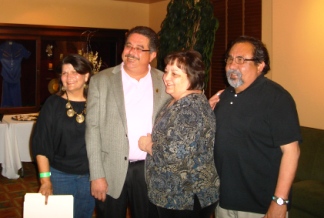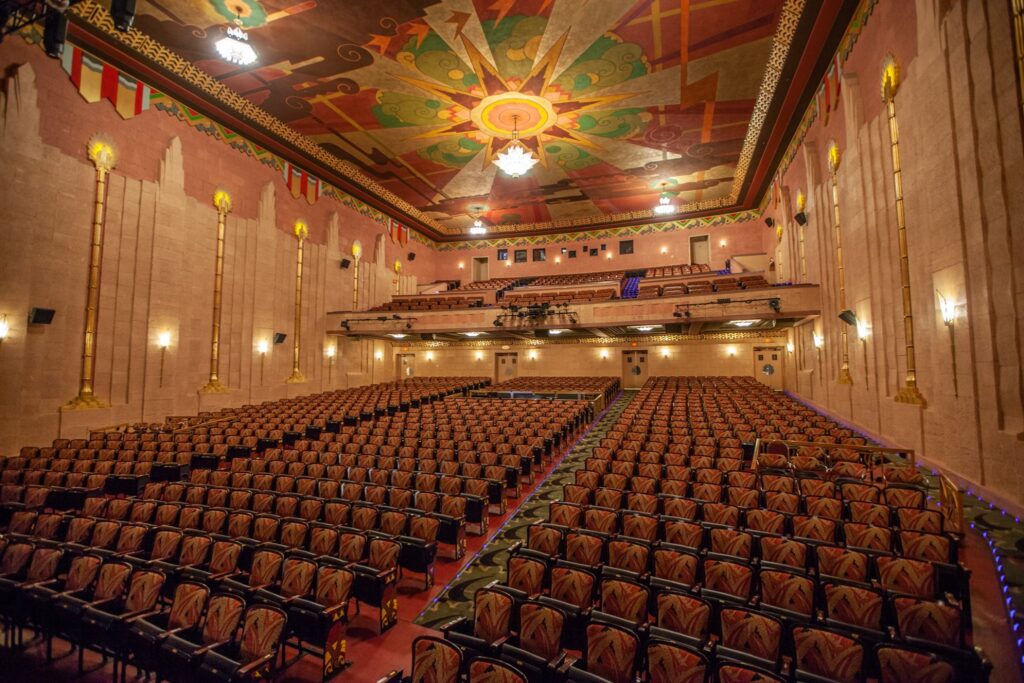In this post, I will share some of the memories I have of visiting Las Cruces and La Mesilla, New Mexico in 2005, when I attended the Border Book Festival in Mesilla for the first and only time. Before I begin, here are some brief overviews of each community:
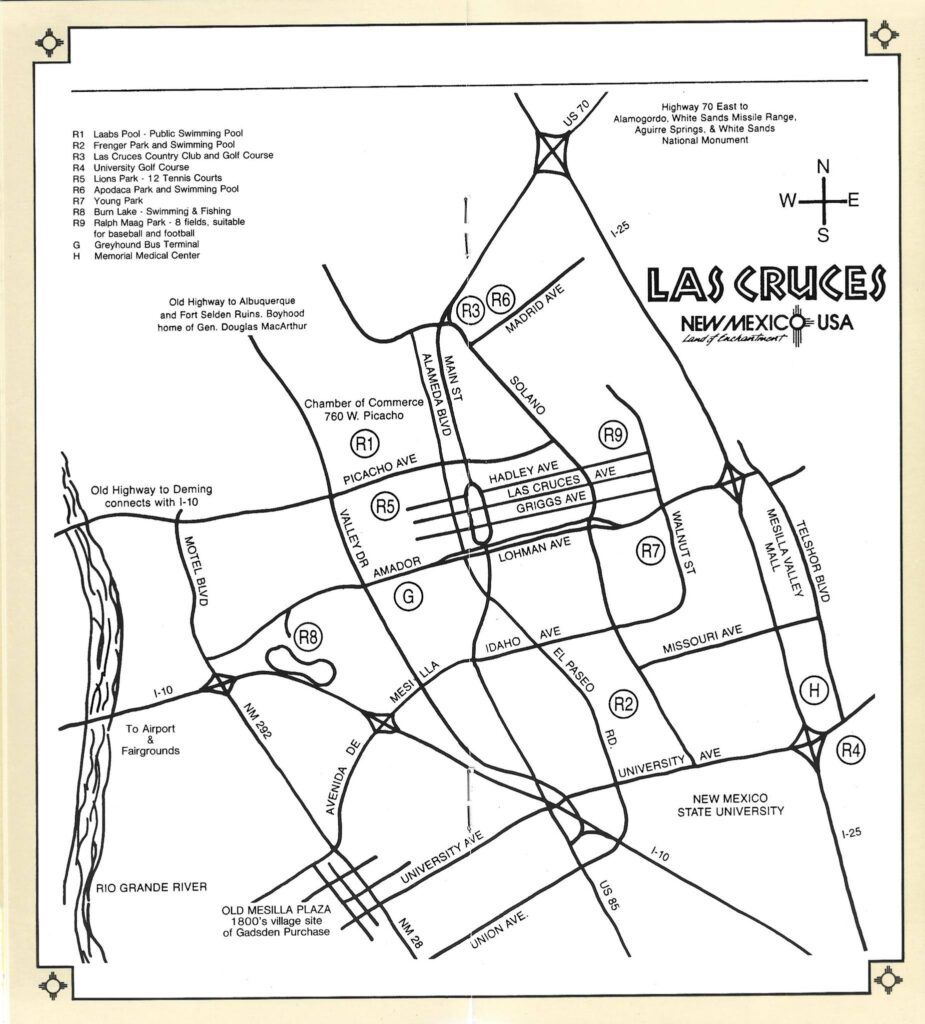

I had never knew much about Mesilla before, and attending a literary festival like this was quite out of the ordinary for me at the time, as my focus at work was primarily on music and the performing arts. Even so, I’ve always enjoyed Chicano literature and have been reading material in this genre since high school. I’m so glad I did attend, as I met Denise Chavez, whose novel, “Loving Pedro Infante” remains one of my very favorites, and I also got to visit La Mesilla and Las Cruces, two very interesting, historic communities just a mere four hours away from Tucson.

Border Book Festival History
March 24 2005
History and Scope of the Border Book Festival by Denise Chavez. (From a now-defunct website on the Border Book Festival that I found on the Wayback Machine).
The Border Book Foundation (BBF) is a 501 (c) (3) non-profit organization founded in 1995 by a group of writers, artists and community people committed to celebrating literature and the art of story in the southern United States–Northern México border region.
Based in Las Cruces and Mesilla, New Mexico, the Border Book Foundation believes that literature and the arts can bridge the many boundaries–racial, ethnic, generational, cultural, socio-economic, and gender-based–that divide our community. Ours is a grass roots organization that impacts its community by offering programs that are blueprints of positive communication, interaction and connection between people in our borderland region.
The Border Book Festival is a catalyst between many different groups and organizations including city, state and governmental agencies, schools, businesses and community centers. We are a bridge builder and model for positive exchange between diverse people in the borderland region.
Our annual book festival takes in April each year and features many activities for audiences of all ages including: Libros Y Más/Books And More, a Trade Show featuring national, regional and local presses and writers, a series of readings, workshops and panels, a school outreach program, as well as family storytelling events throughout the festival weekend.
The Premio Fronterizo honors a major American writer for their life long contribution to literature that transcends borders, real and imagined, and whose body of work has done much to add to the southwestern literary canon. Past winners of the Premio Fronterizo have included: Rudolfo Anaya, Sabine Ulibarrí, Tony Hillerman, Byrd Baylor, Leslie Marmon Silko, Barbara Kingsolver, Gary Soto, Sandra Cisneros, Luis Rodríguez, N. Scott Momaday, Luis Urrea and Ofelia Zepeda.
In addition, we present the Sunshine Community Service Award to a local business, organization or person who works to promote literature and the art of story at a grass roots level as well as the Cauthon Volunteer Service award to hardworking festival volunteers.
The cornerstone program of the Border Book Festival is the Emerging Voices Program, a series of hands-on writing workshops held throughout the year at various venues throughout the area.
The Border Book Foundation is committed to bringing audiences to writers and writers and book artists to audiences. Our programming is innovative, challenging, and transformative.
The BBF has had considerable impact in the Southern New Mexico border corridor as well as throughout the region. We have been touted in the New York Times as a “place where books matter,” and featured in Publisher’s Weekly as one of the top regional book festivals in the U.S.
The 11th annual Festival, Re-Inventing the Americas, will take place April 15-17, 2005 in Mesilla, New Mexico.
======================================================
I do not remember all the programs I attended, but I do remember going to the ones that featured the following writers:
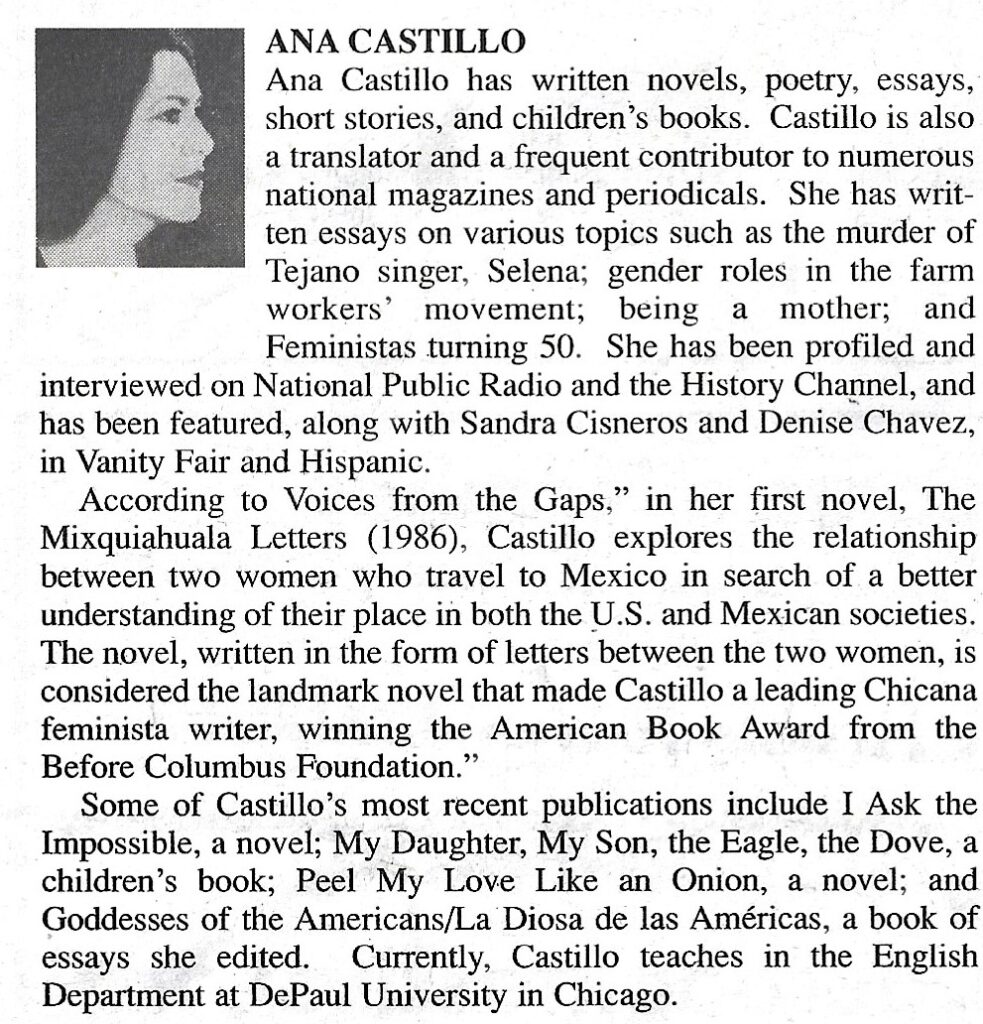
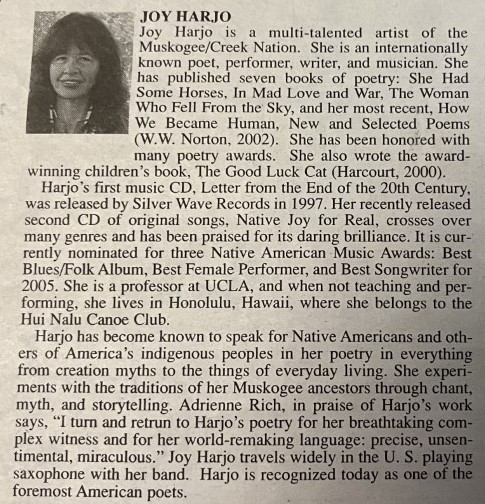
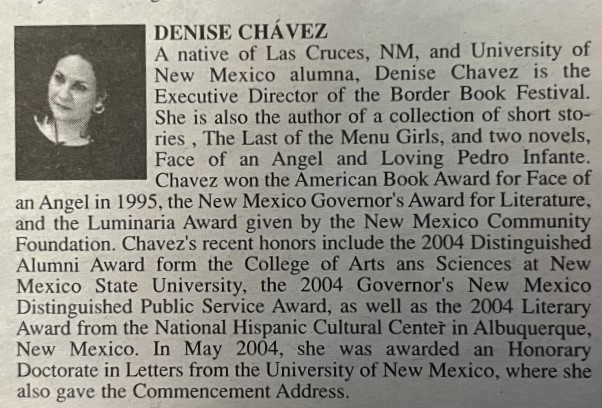
Our Commitment to the Community November 8 2005 (from a website on the Border Book Festival that no longer exists, found using the Wayback Machine)
The Border Book Foundation, with its annual Border Book Festival and expanding Cultural Center, will continue to bring the best of literature, literacy and storytelling to our multi-cultural, multi-generational audiences.
The Cultural Center of Mesilla/El Centro Cultural de Mesilla “C.C.M.” has filled a powerful need in our regional community. Not only do we offer a place for people to buy new, used and out-of-print multi-cultural books, bilingual books for children and adults and books in Spanish and English, we offer a haven and home to those who want to connect with border culture in a deep and meaningful way.
Located one block from the Mesilla Plaza, the Cultural Center was once home to a Mexican garrison building and later, the well-known and loved D.C. Frietze grocery store, run by Mesilla’s former mayor and our present landlord, Roberto Frietze.
The historic building is one of Mesilla’s oldest adobes and is permeated with sense of history and story that is the heart of our southwestern landscape. We offer a hot cup of coffee or tea and the opportunity to view the Lannan series of writer’s videos as well as previous festival documentaries including work by Lourdes Portillo on the disappeared women in Juárez or films by border filmmakers Paul Espinosa, Ray Santiestaban and Lisa Garibay.
Our book signings have reached hundreds of people who have never come out before to support literature. We have reached rural communities in Mesilla, Vado, Chamberino, La Union, Anthony, Derry and elsewhere. The Rudolfo Anaya book signing on December 10, 2004 brought over 400+ people to our Center who waited for hours to have Mr. Anaya sign their books. We had scheduled a reading but it was not possible because the line went down the street and past the acequia!
Book signings and readings for Benjamin Alire Sáenz and Denise and Susan Gonzales Abraham had over 100+ people each and many books were sold and new contacts made. The Gonzales Abraham book, Cecilia’s Year, written about the small farming community of Derry, New Mexico inculcated a new-found pride in “lo nuestro,” stories from our own backyard in southern New Mexico.
The Cultural Center’s workshop series has introduced the Art of Nopales (cactus) to many who only thought nopales was only the name of a Las Cruces restaurant. (“Nopalitos? You mean it means something?” someone said with wonder.) It is this lack of understanding about the basics of cultural life that have prompted us to address and educate and empower our audiences through our work at the Cultural Center of Mesilla and our on-going workshops and literary and arts events programming.
Our workshops have been myriad, challenging, informative and fun. They have included: Paper making with Martha Durán, The Care and Evaluation of Out-of-Print Books, with out-of-print book dealer, John Randall, Sacred Beads and Knots: The Significance of World Prayer Traditions Across the World, A Poetry Intensive with Miriam Sagan, ¡Familia! A family story writing workshop series with Denise Chávez, A writing workshop with Camino de Vida, an AIDS outreach organization, A Kid’s Art Day for 7-12 year-old with breakout sessions that included creative writing, dance, photography, drama and painting.
Upcoming workshops include: A Women’s Healing, Renewal and Transformation Retreat for women in the Gila Mountains, Vatos, a writing workshop for men, Senior to Senior, a poetry workshop for senior writers and writers in high school, mentoring and learning from each other, as well as a Feng Shui workshop.
At the root of all our work is the core belief that literature and the arts can empower and change lives.
The Cultural Center has hosted visits and receptions for many organizations and non-profits including the National PEN Women, the Executive committee of the American Library Association, The Association of University Women, The National Hispanic Cultural Center, Fr. Roy Bourgeois, human rights activist, among others.
You can expect the Border Book Foundation to initiate events for all ages that will reflect the best of our cultural history, legacy and strength of spirit. We see ourselves as a resource center and clearing house for the arts, as well as a place where community can find a way to understand itself through culture.
Future events will include workshops, panels, readings and book signings in English and Spanish, oral history gatherings, storytelling for children and families and any number of creative offerings that fit in with our mission to offer programs that are blueprints for positive communication, interaction, connection and healing between people in the borderland corridor.
We believe that literature and the arts can transcend the many perceived borders-racial, ethnic, generational, cultural, socio-economic, and gender-based-that divide our community.
==========================================
The following video was produced in 2014, several years after I attended the Border Book Festival. The Festival closed down for good just a year later, in 2015. I feel very lucky to have been to at least one of these momentous events.
Below are some of the monuments, shops and restaurants I visited in La Mesilla and Las Cruces in 2005. I was bummed that there were few, if any antique stores open at the time in Mesilla, but I did enjoy the two bookstores that were there, and the restaurants were really good too. I found another bookstore in downtown Las Cruces that was well-stocked with books and cds. If I recall correctly, I even found a Joy Harjo recording there. I also found a couple of antique stores out on Picacho Rd. and bought some records. I didn’t partake much of the night life, except once when I went to a nightclub in one of the local hotels. It was okay. Overall, I enjoyed the trip, even though it lasted just a few days. I knew I would go back again, but it would be over a decade before I made it back
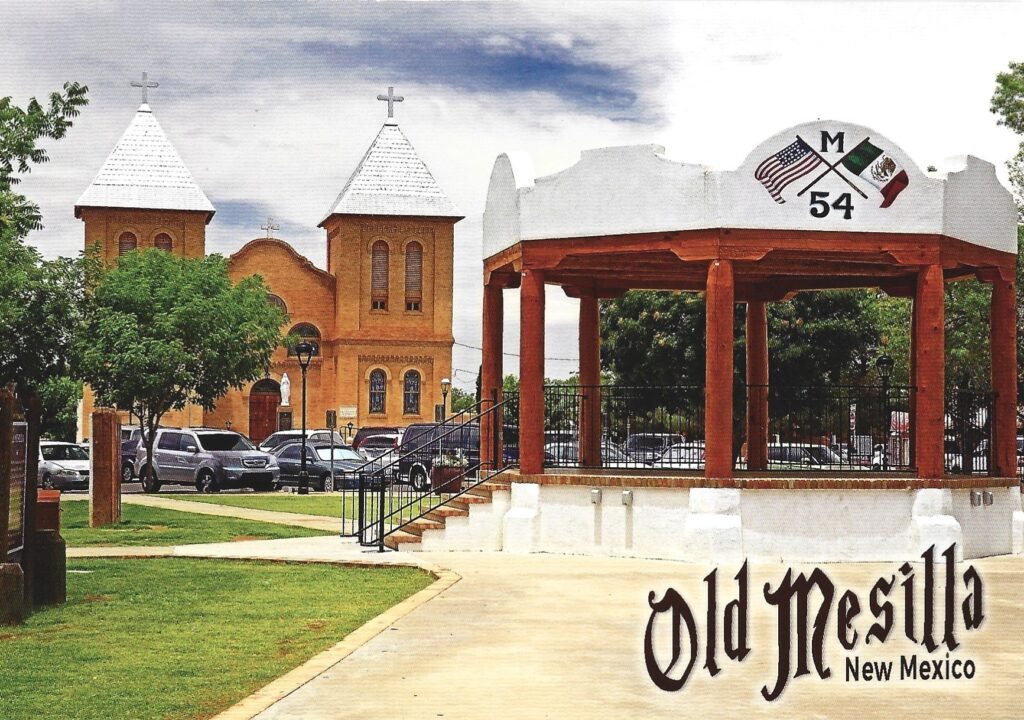
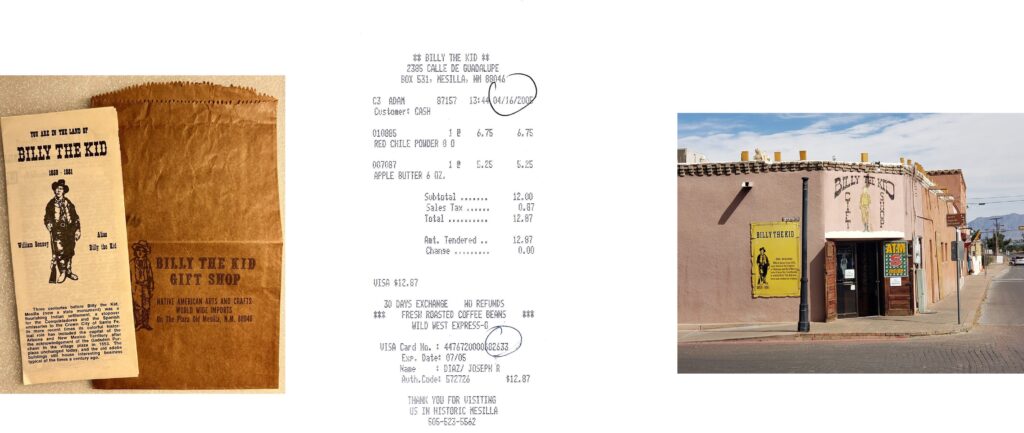
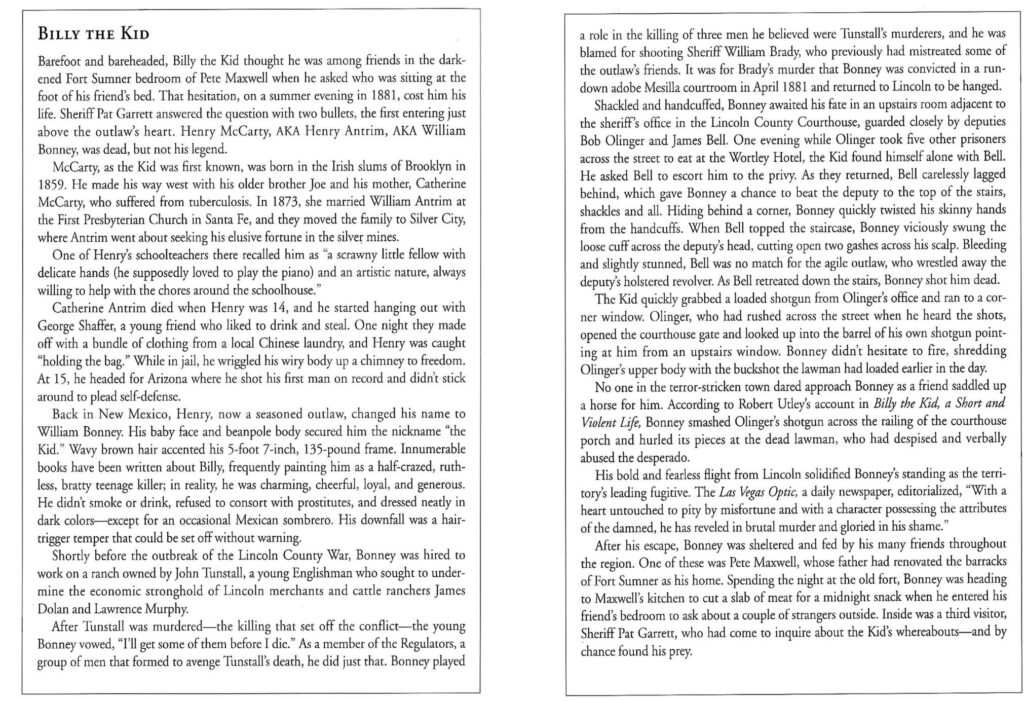

During this trip, I also explored Las Cruces, and found a couple of antique stores and a bookstore. I kept the following receipts and found business cards in an antiques directory for each store that I visited. These places are likely no longer in business.
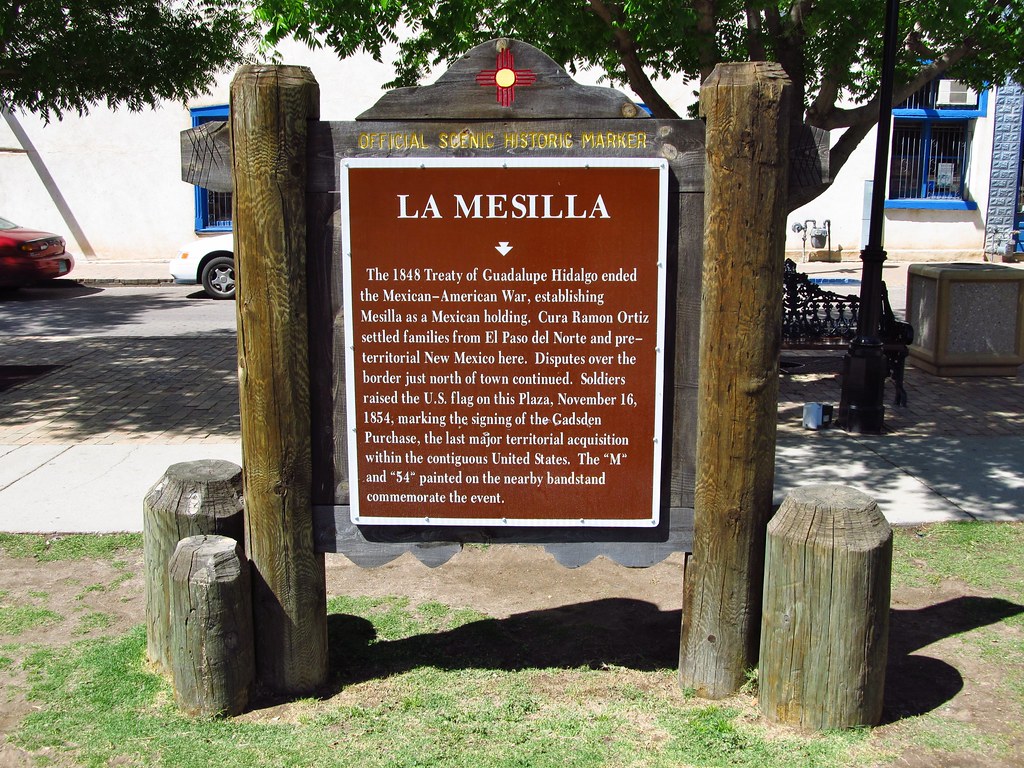
A few books about Mesilla, New Mexico
- Mesilla Comes Alive: A History of Mesilla and its Valley, by C.W. Ritter and Craig Holden. Las Cruces: Ritter Publications, 2014.
- The Mesilla Valley, An Oasis in the Desert, by Jon Hunner and Peter Dean. Santa Fe: Sunstone Press, 2008.
- Pioneers of the Mesilla Valley, 1823-1912. By P. Paxton.
- A Place As Wild As The West Ever Was: Mesilla, New Mexico, 1848-1872, by Mary D. Taylor Las Cruces: New Mexico State University Museum, 2004.
- La Posta: From the Founding of Mesilla to Corn Exchange Hotel to Billy the Kid Museum to Famous Landmark, by David Thomas. Las Cruces: Doc45 Publishing, 2013.
- Turmoil on The Rio Grande: History of the Mesilla Valley, 1846-1865, by William S. Kiser. College Station: Texas A&M University Press, 2011.
A few books about Las Cruces, New Mexico
- Celebrating 150 Years of Las Cruces History. Las Cruces: Las Cruces Sun-News, 1999.
- Las Cruces, by John Hunner. Charleston, SC: Arcadia Publishing, 2003.
- Las Cruces: A Photographic Journey (New Mexico Centennial), 1912-2012, by New Mexico State University. Las Cruces: FIG Publications, 2011.
- Las Cruces: An Illustrated History, by Linda G. Harris. Las Cruces: Arroyo Press, 1993.
- Las Cruces New Mexico 1849-1999: A Multicultural Crossroads, by Gordon Owen. Las Cruces: Red Sky Pub, 1999.
- Legendary Locals of Las Cruces, New Mexico, by Charlotte Tallman. Charlotte, SC: Legendary Locals, 2014.

